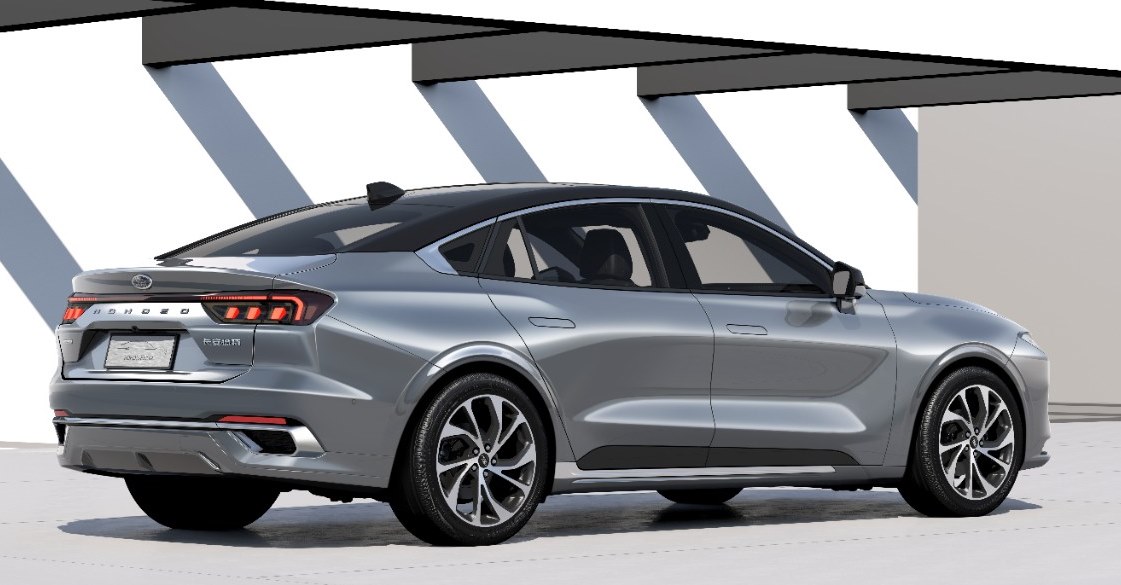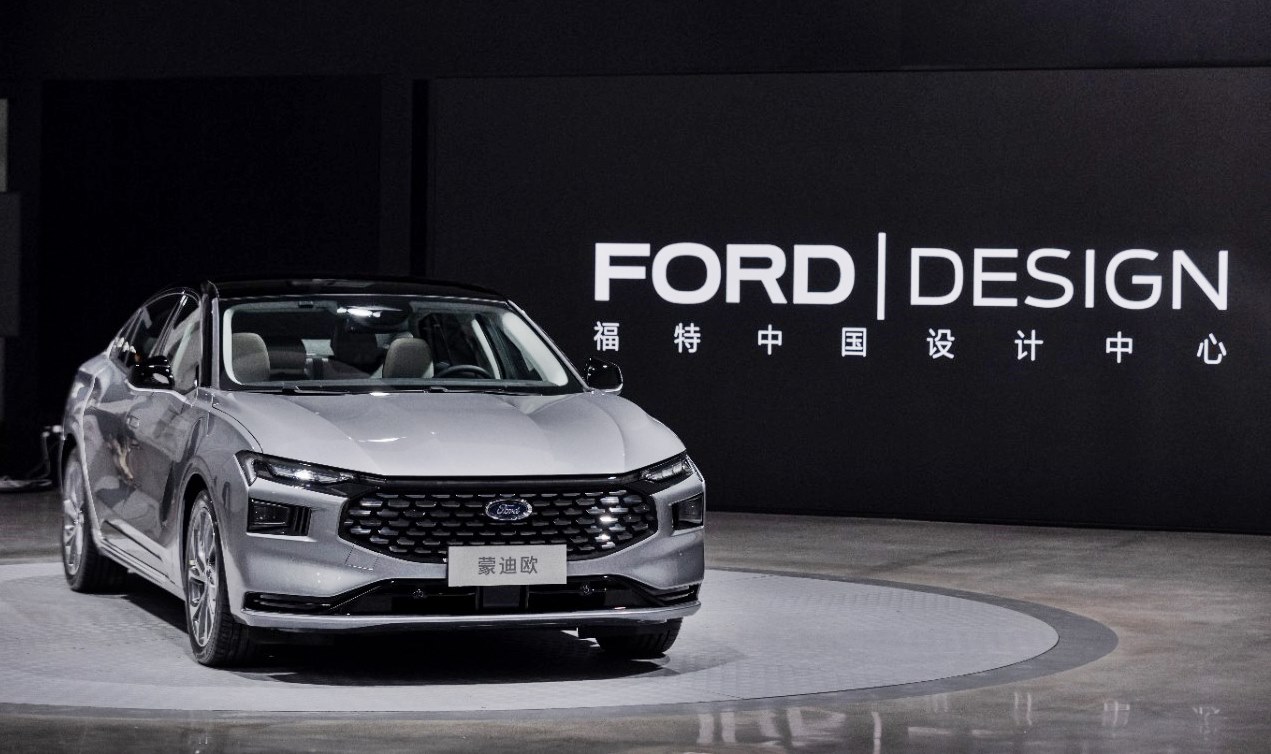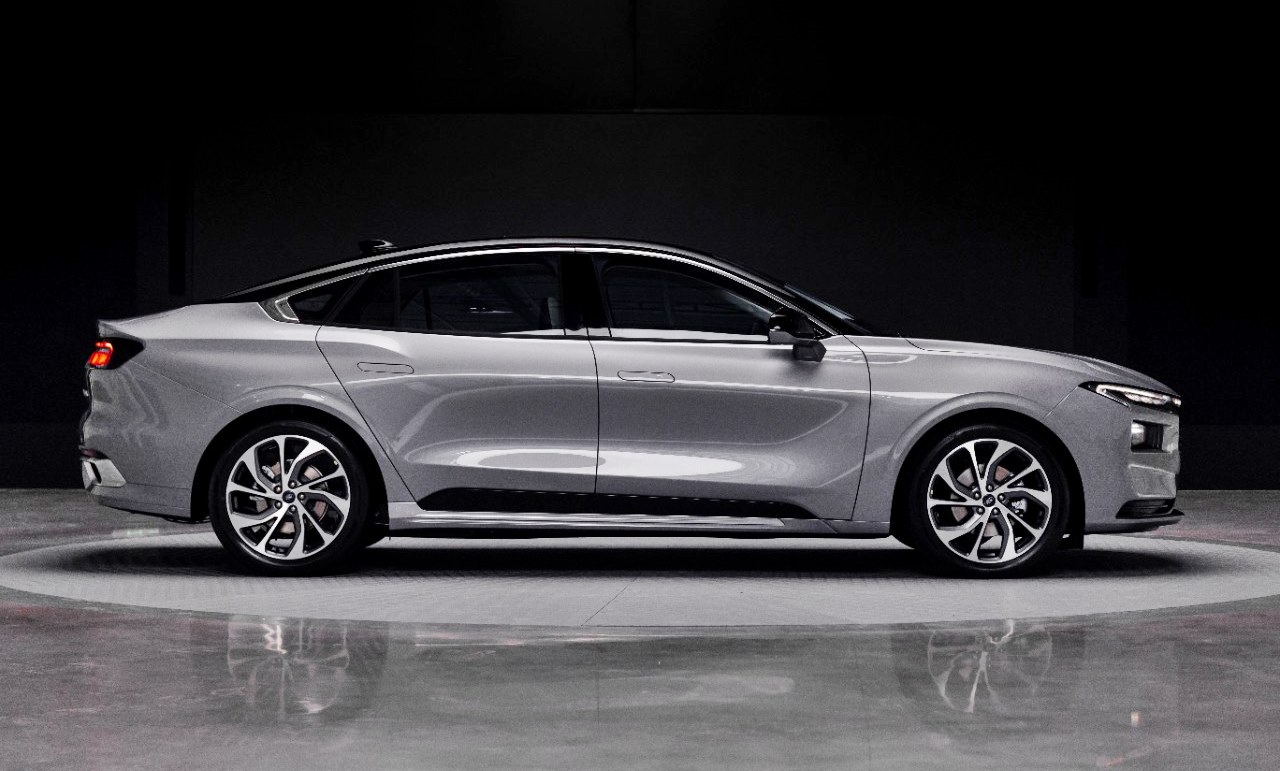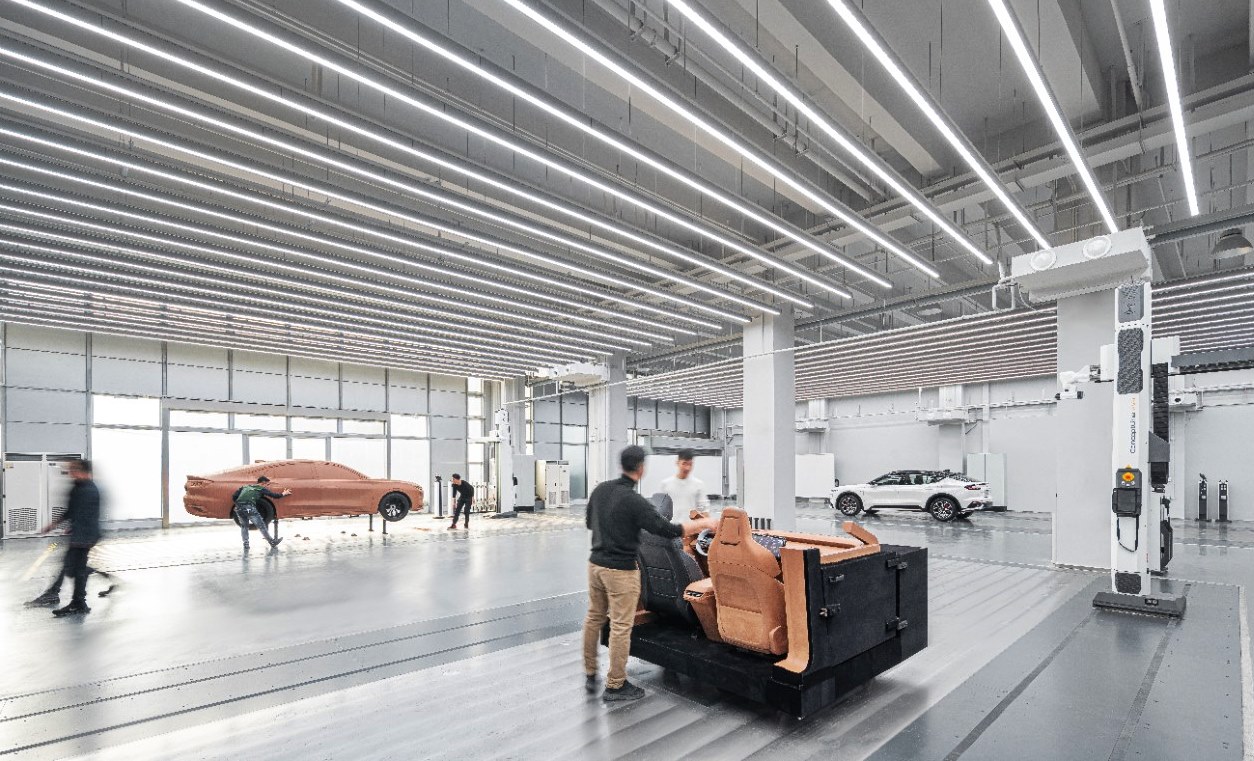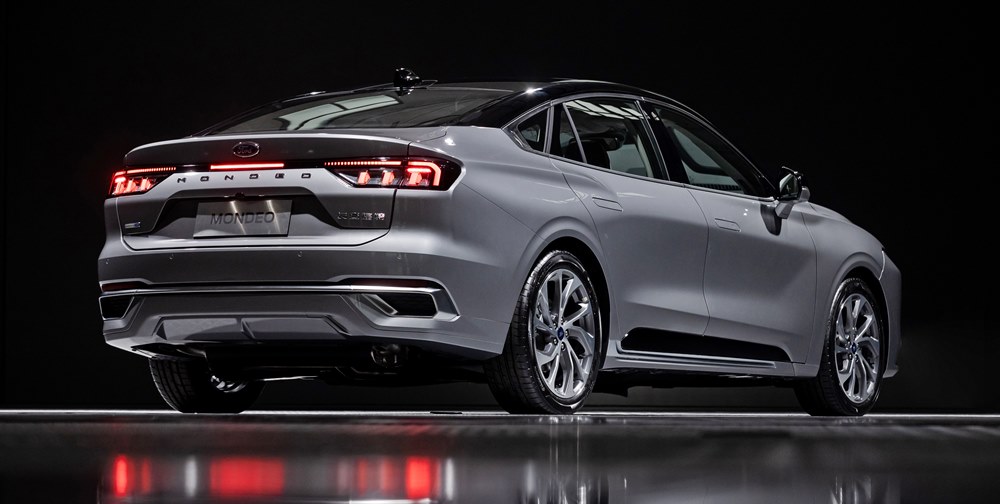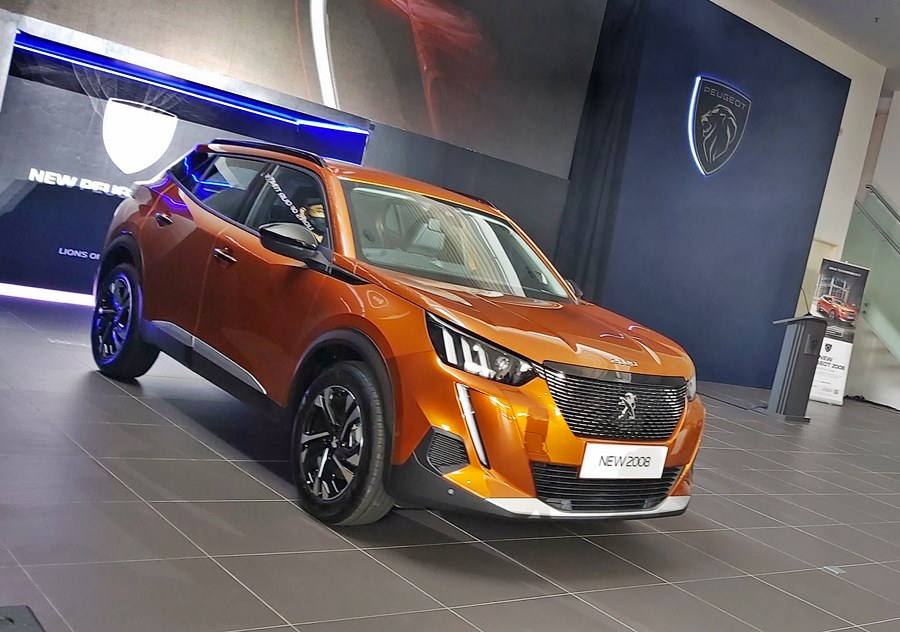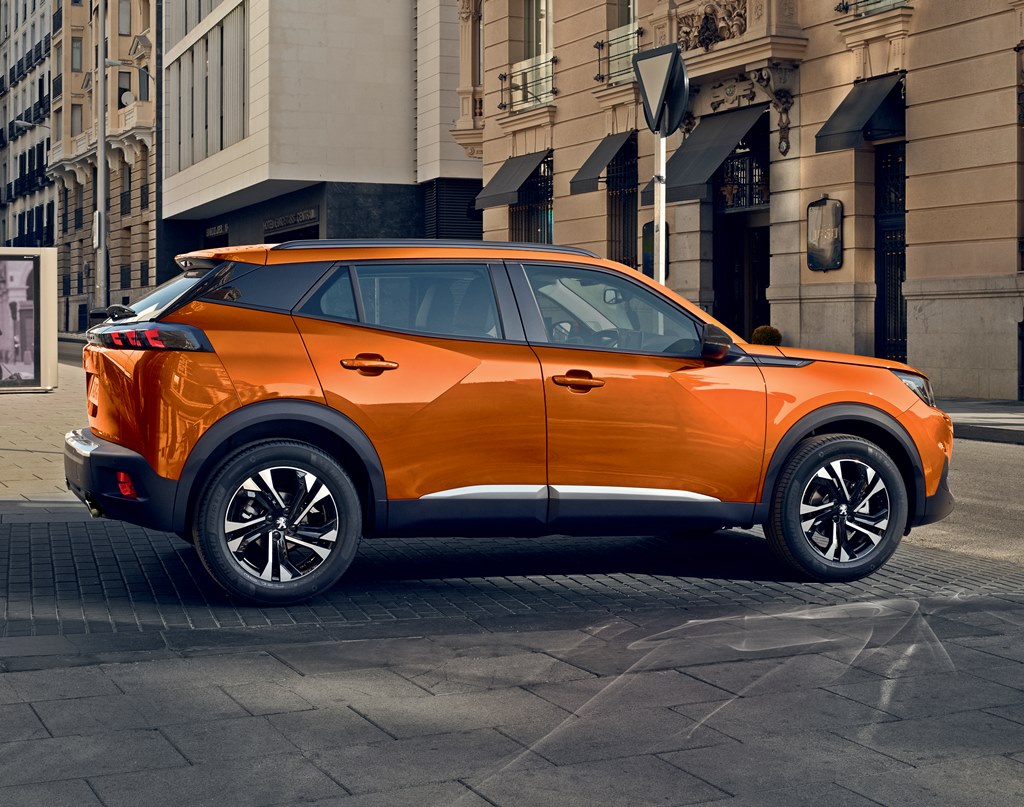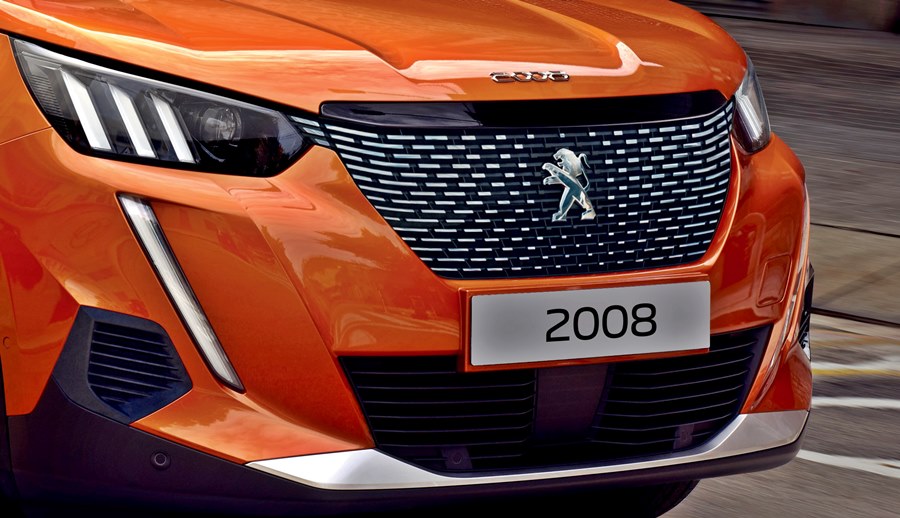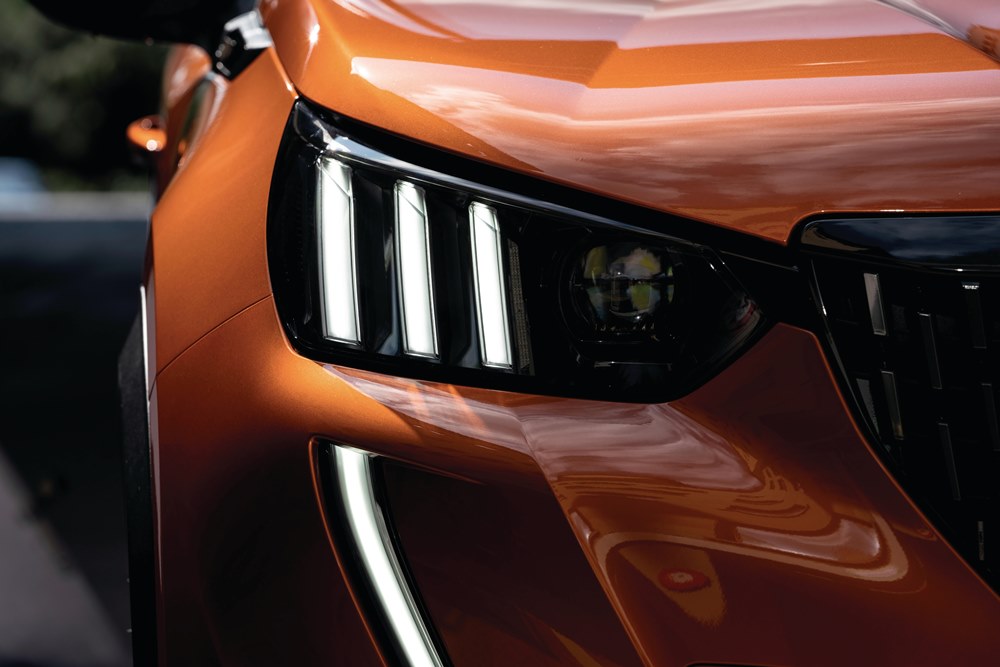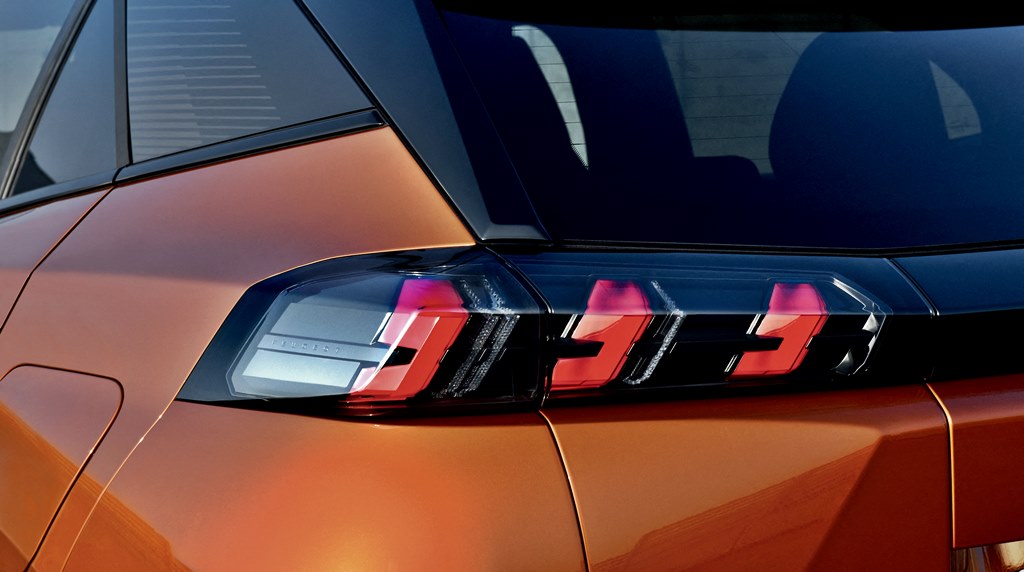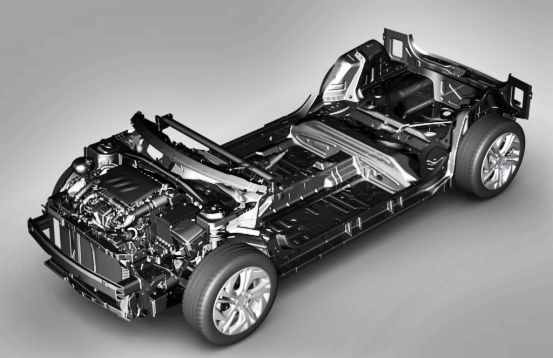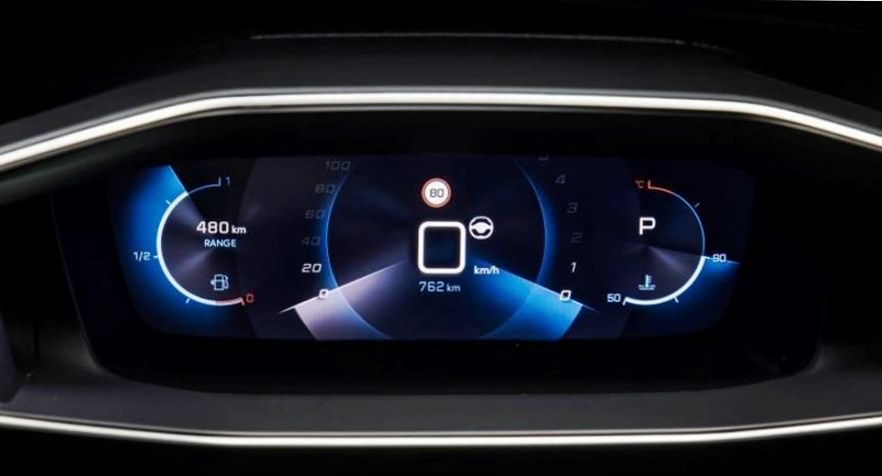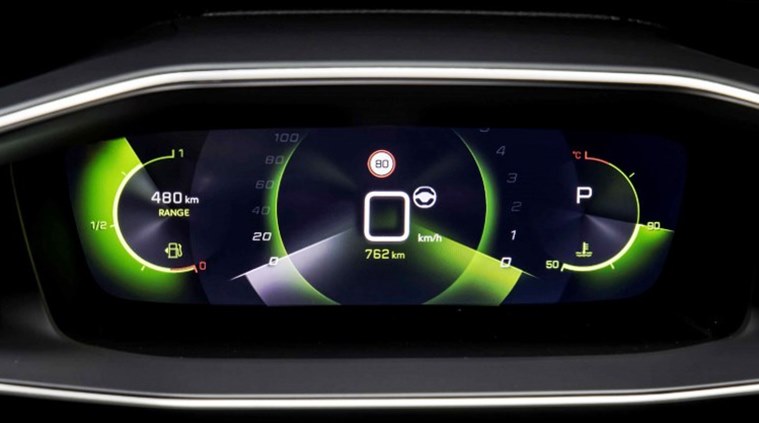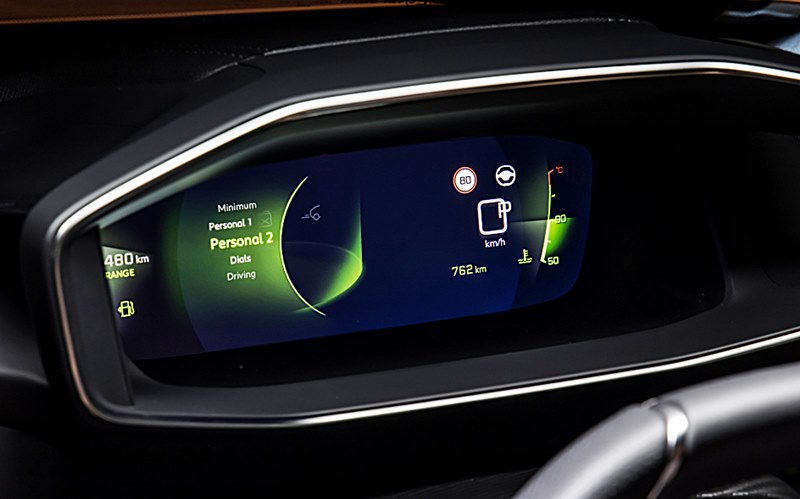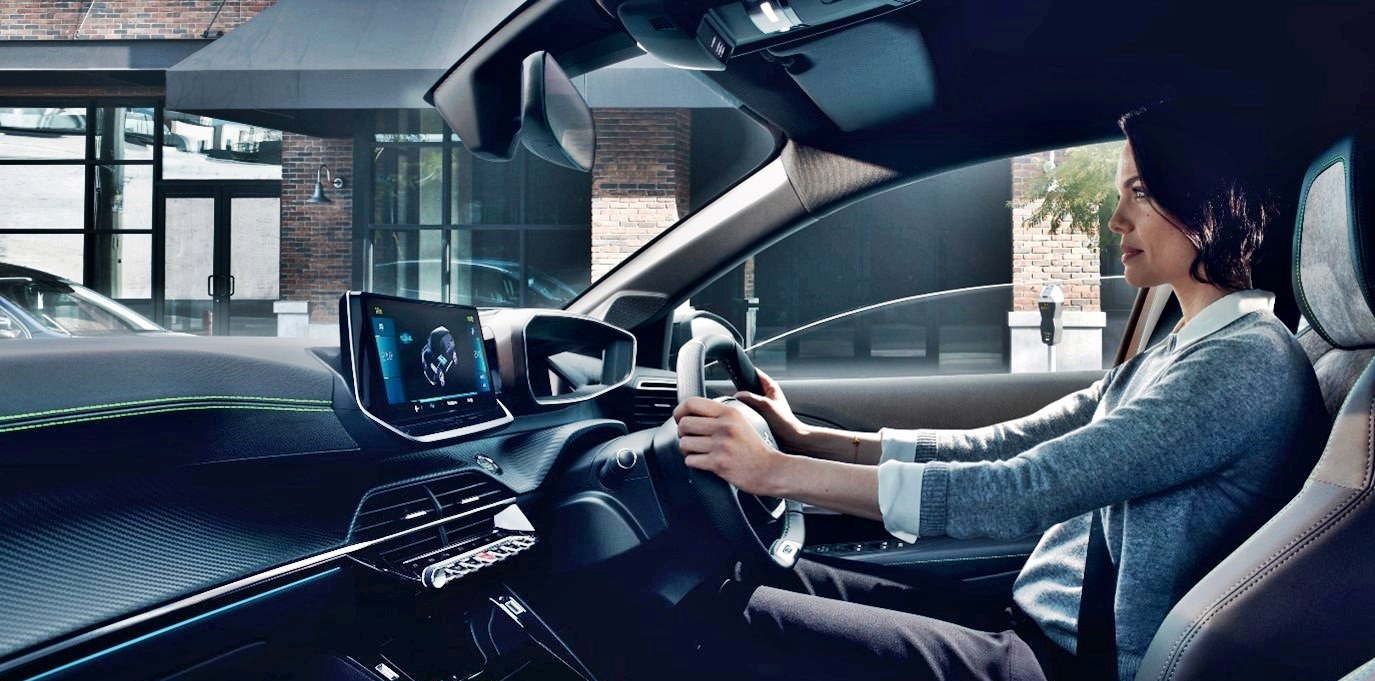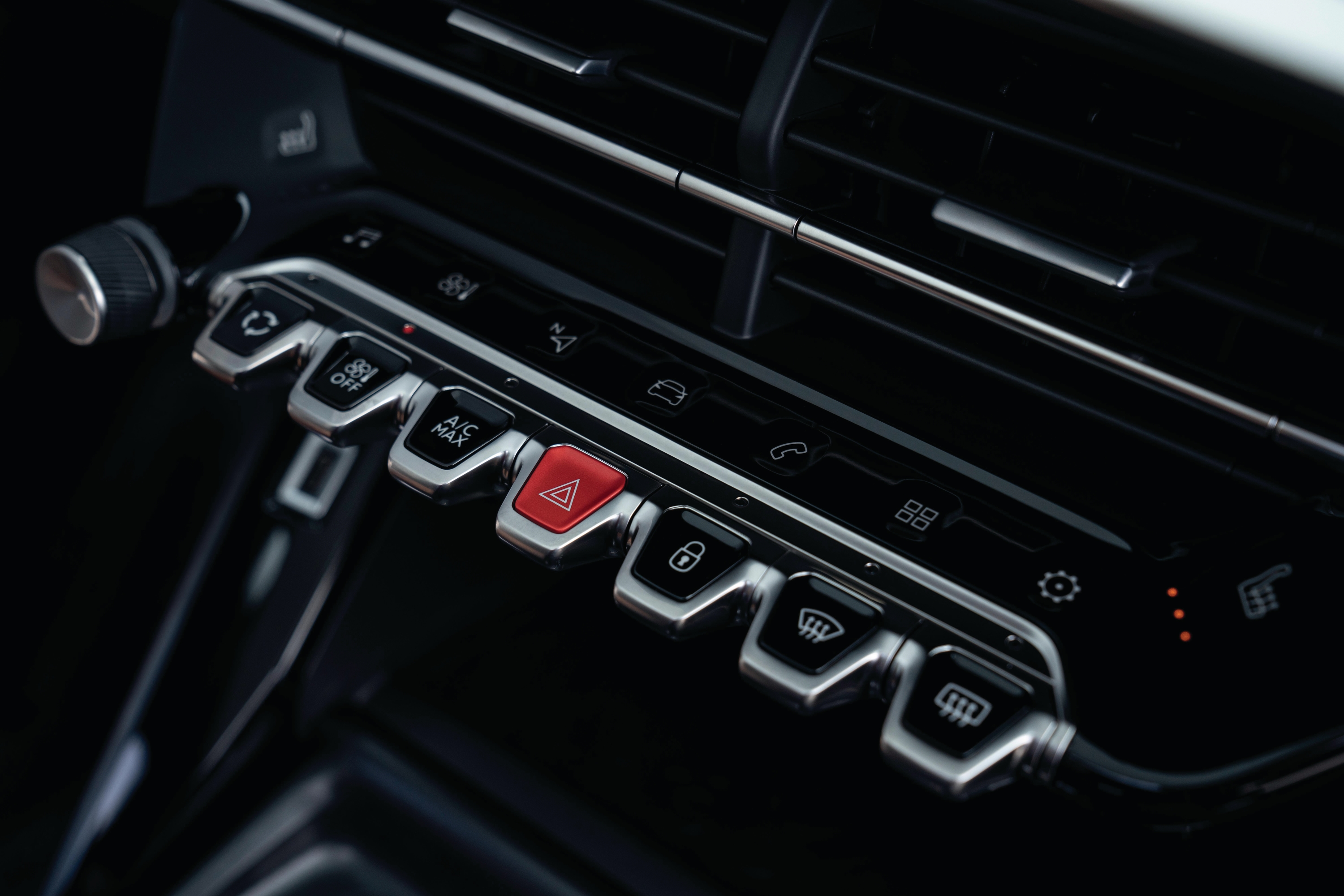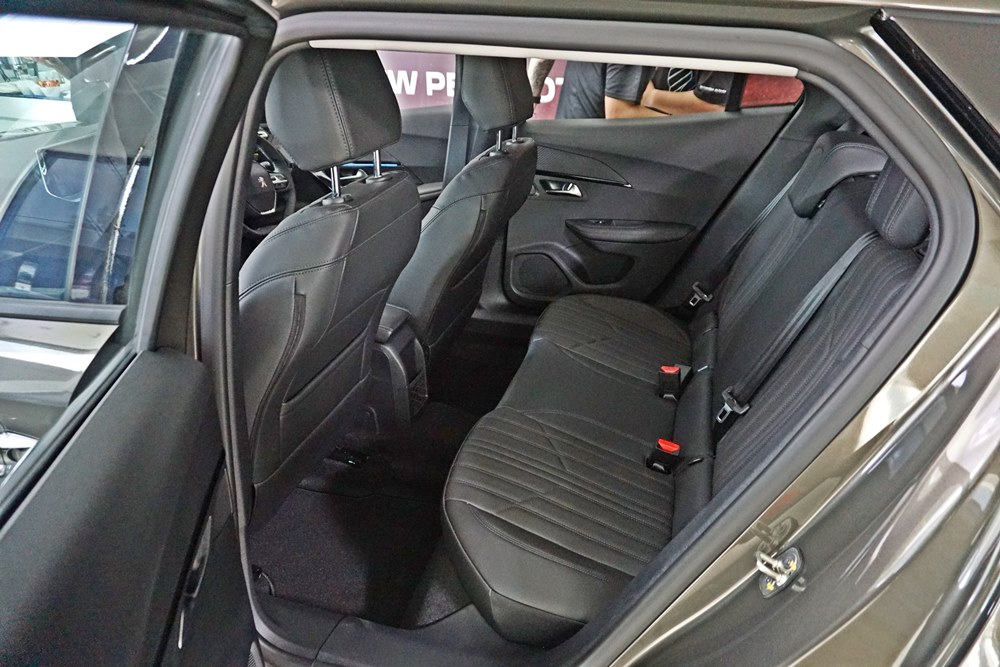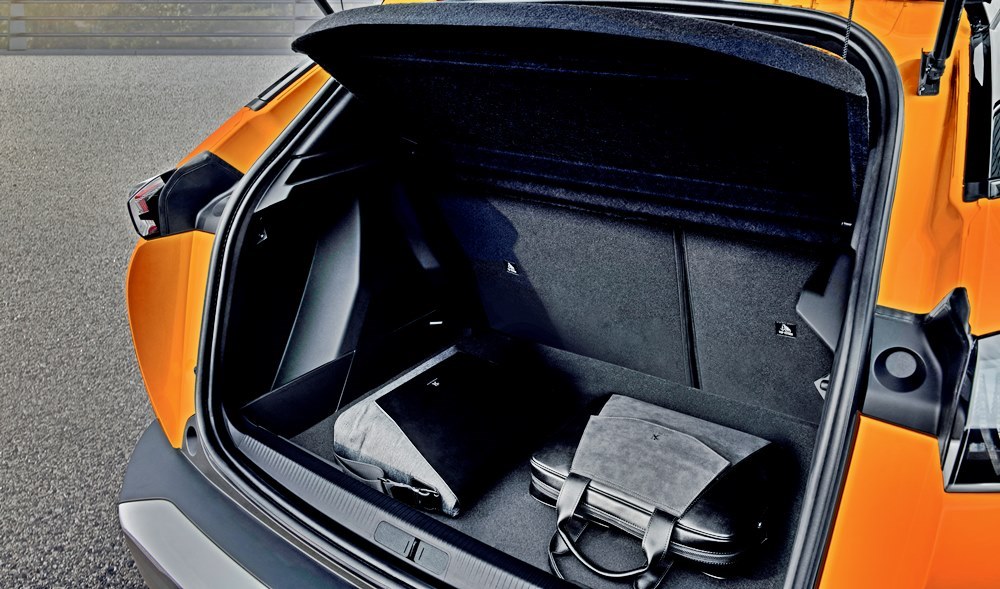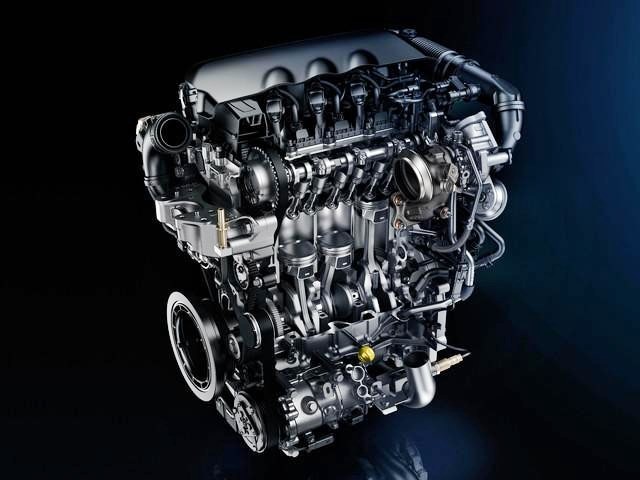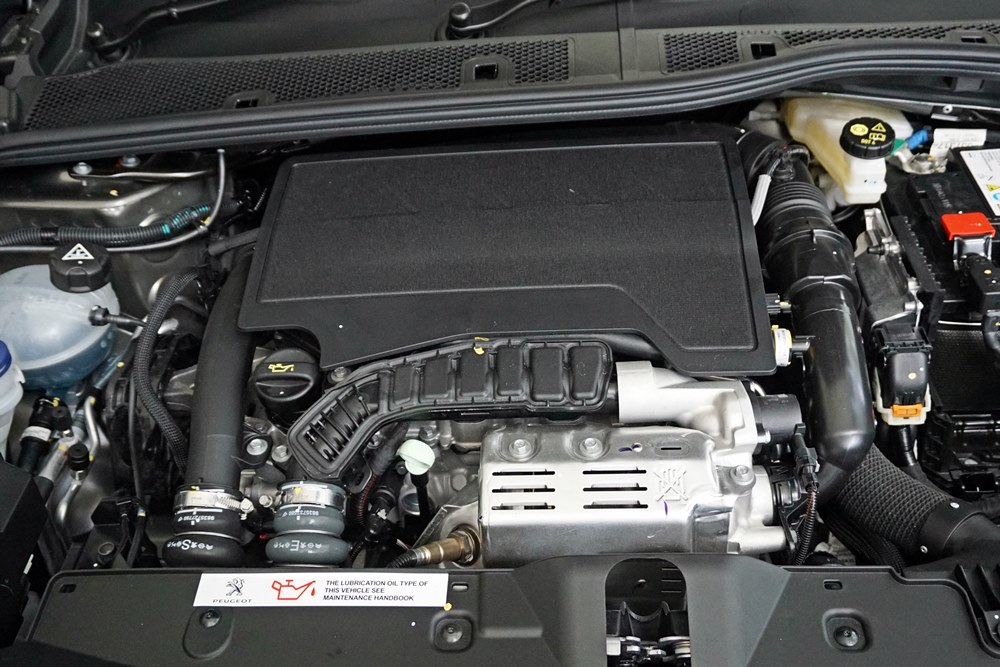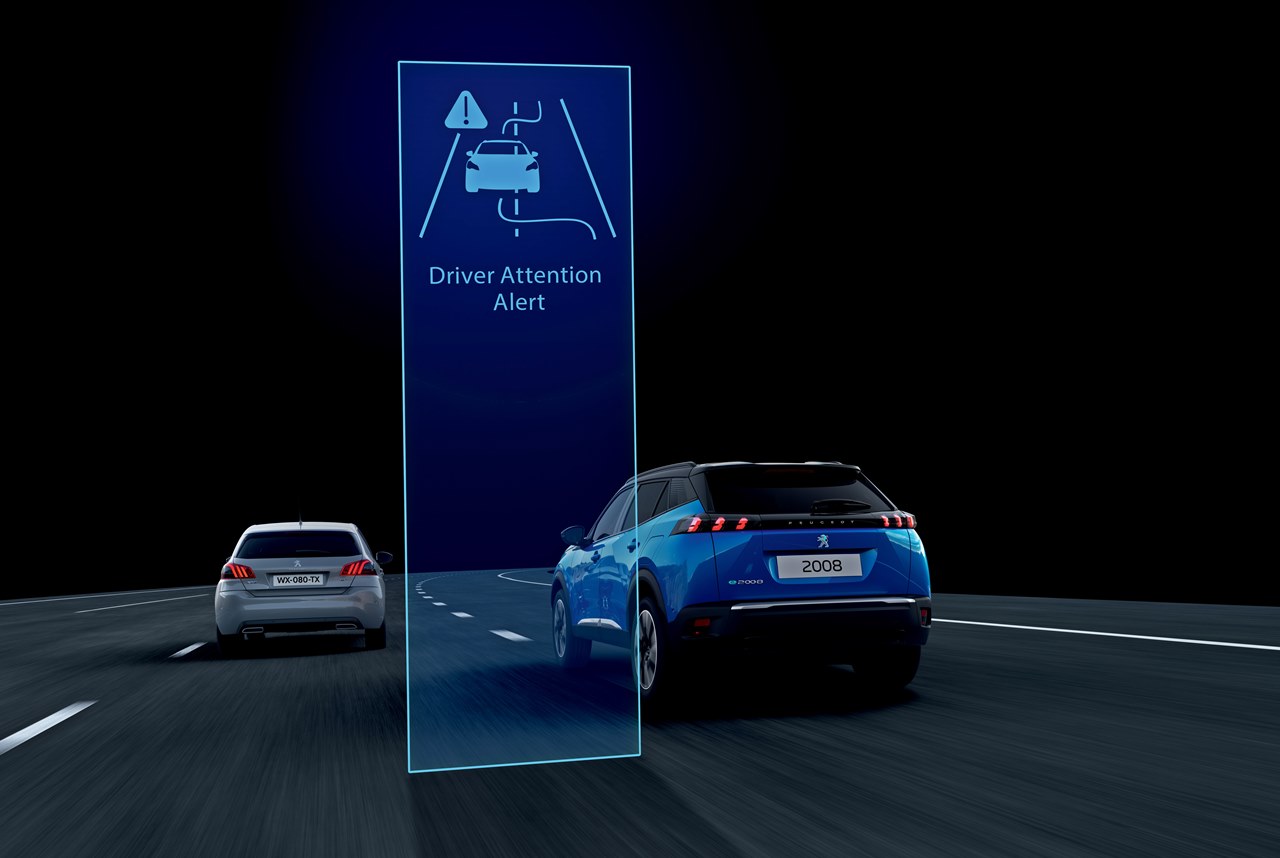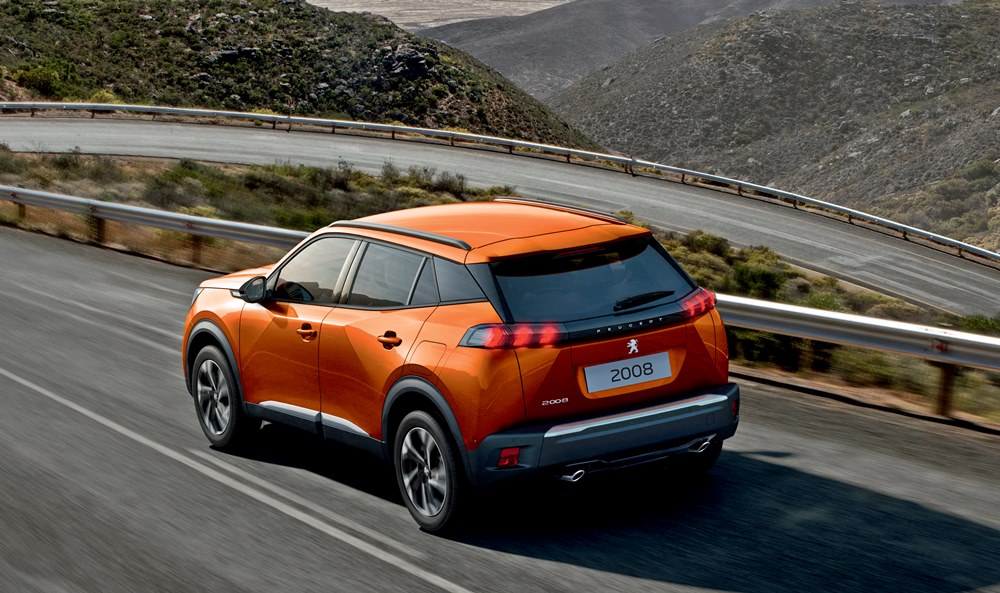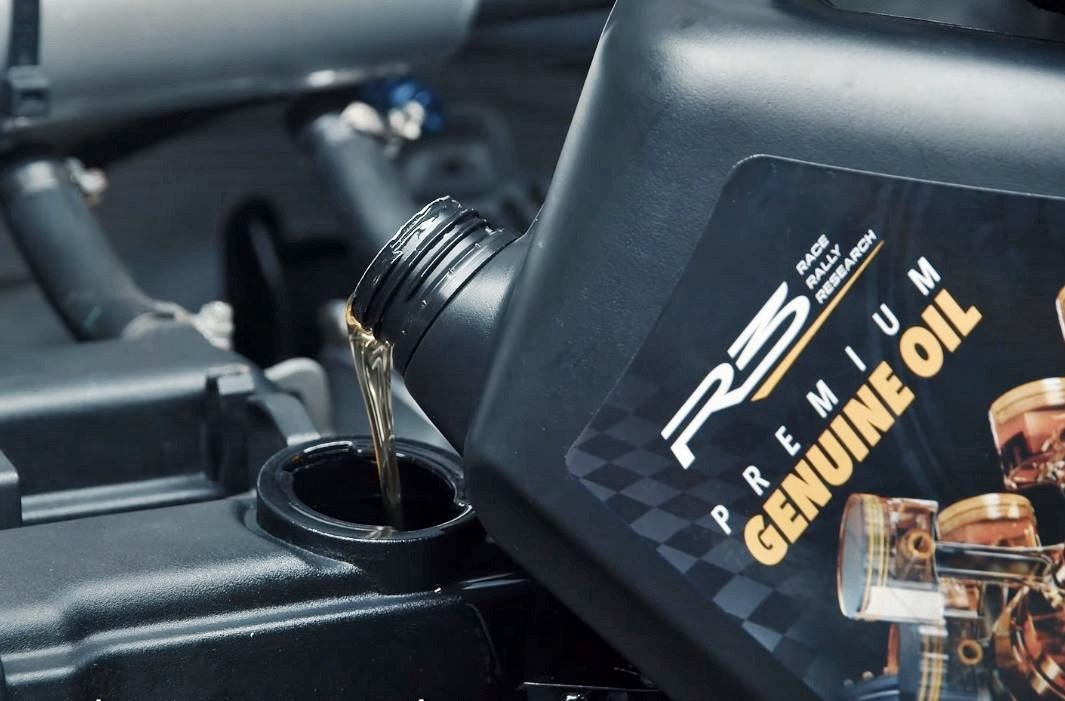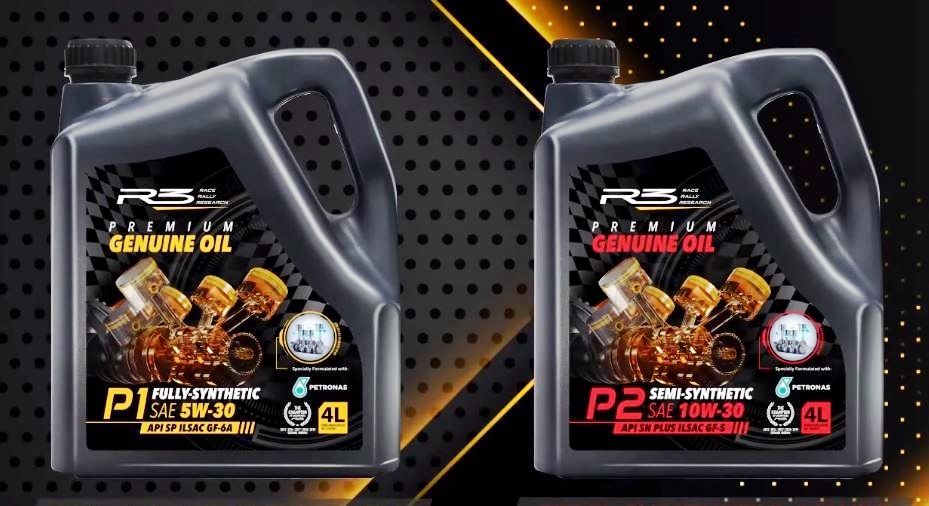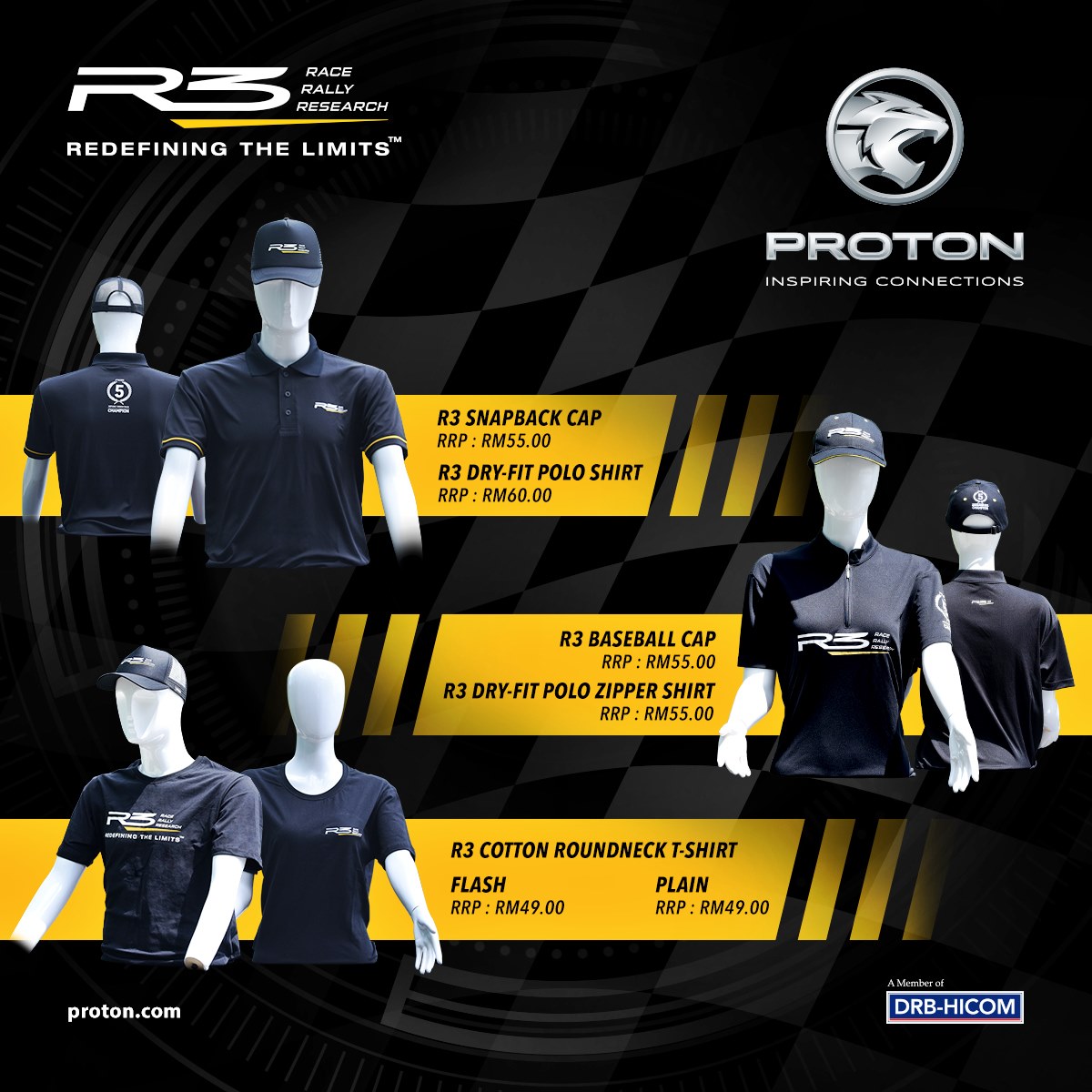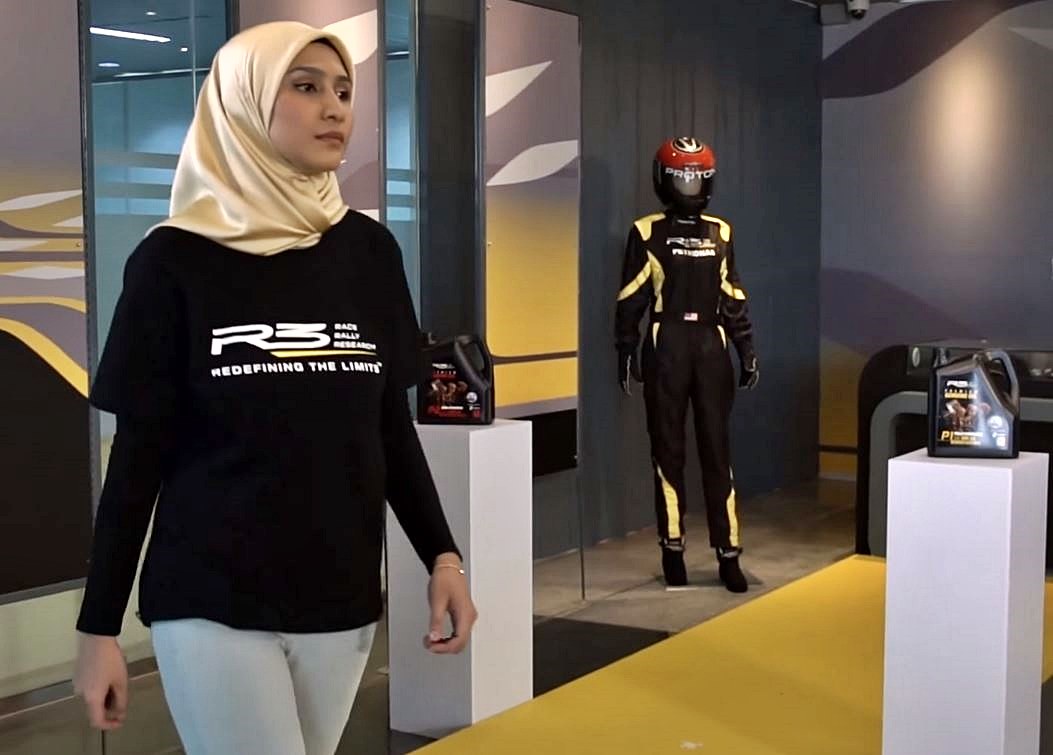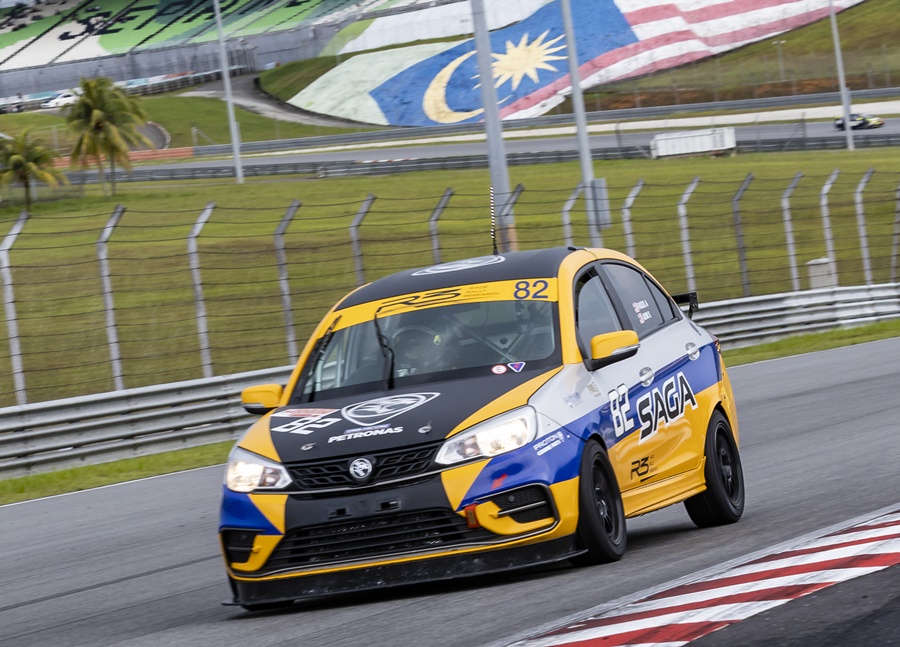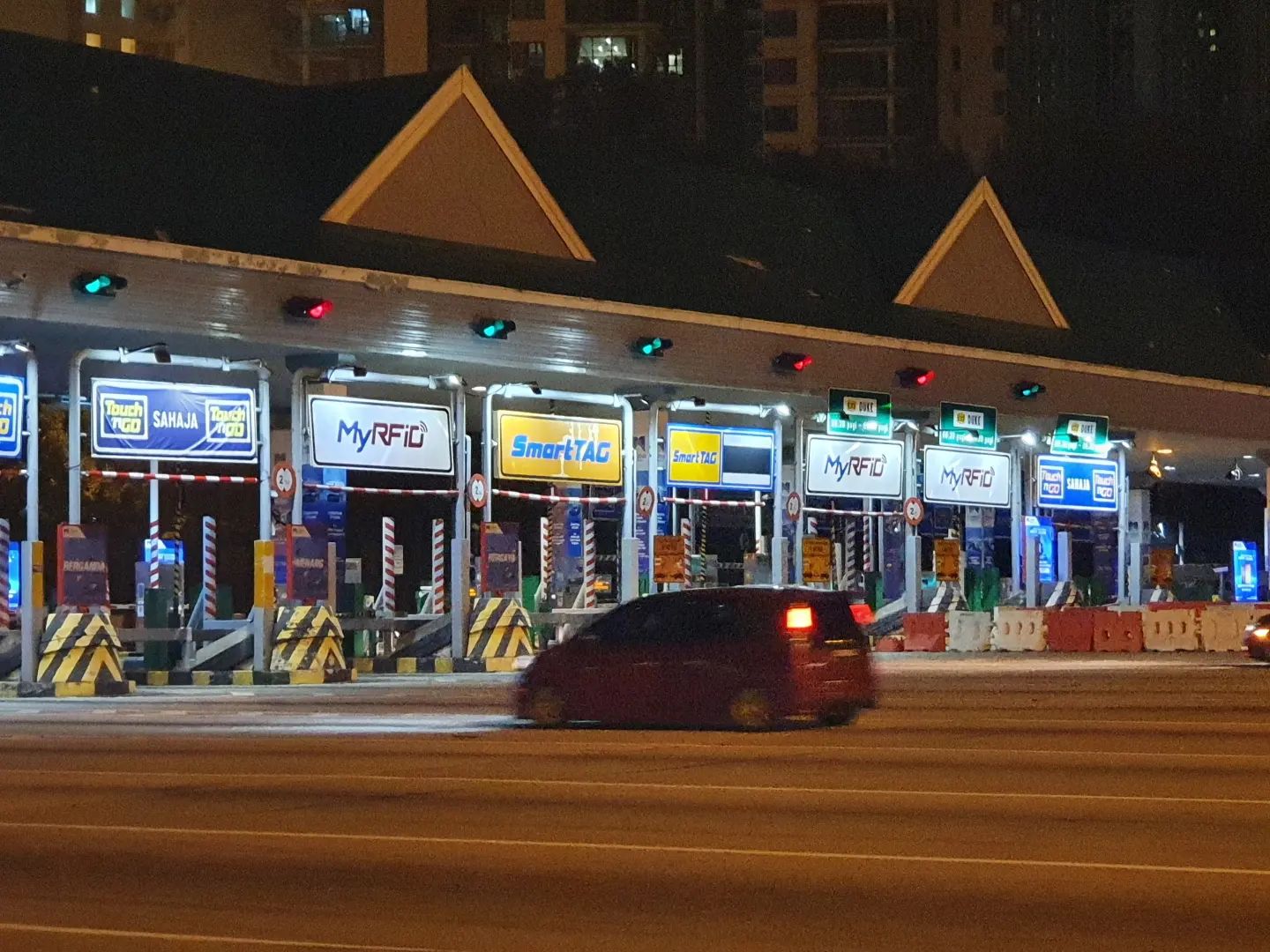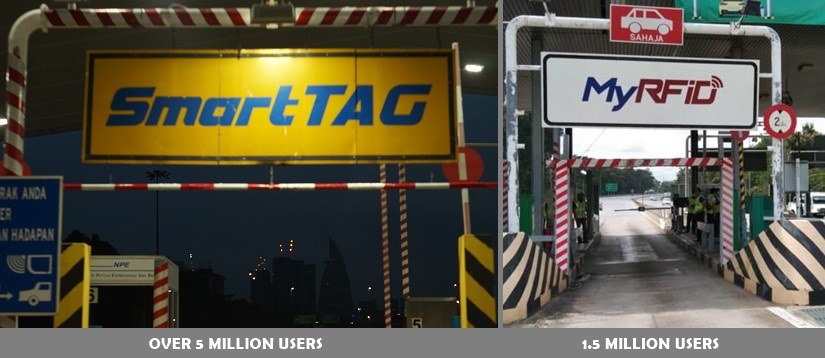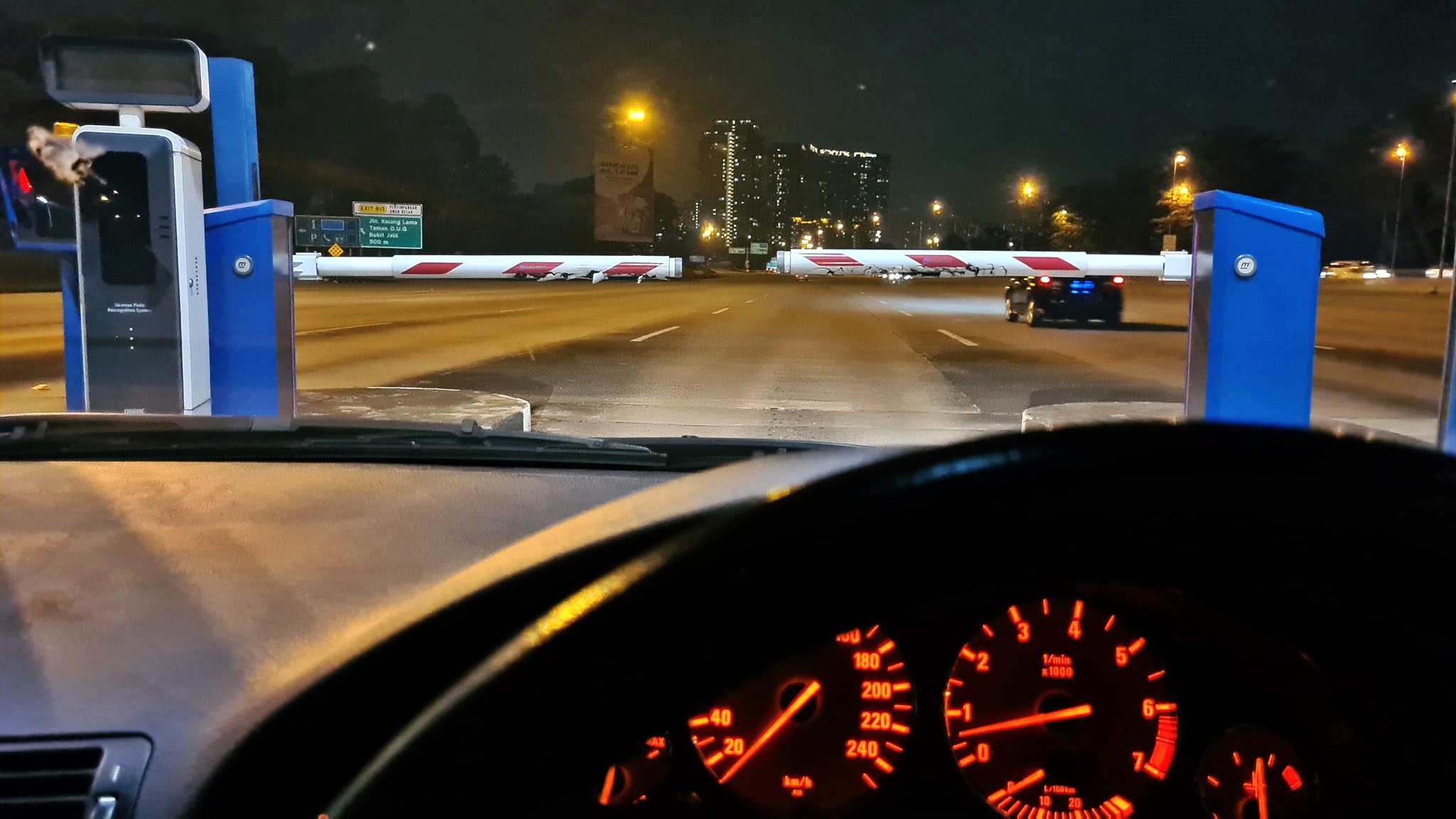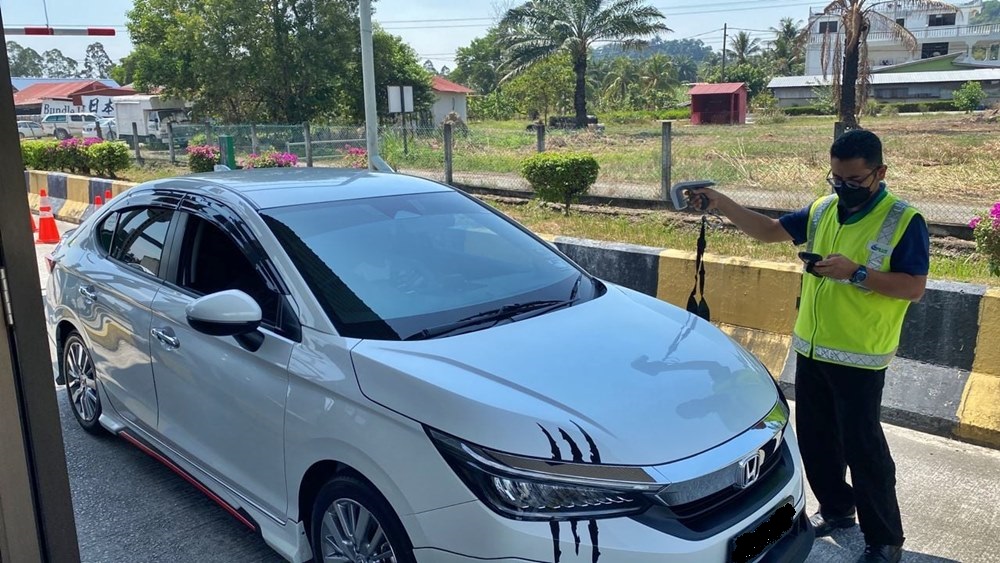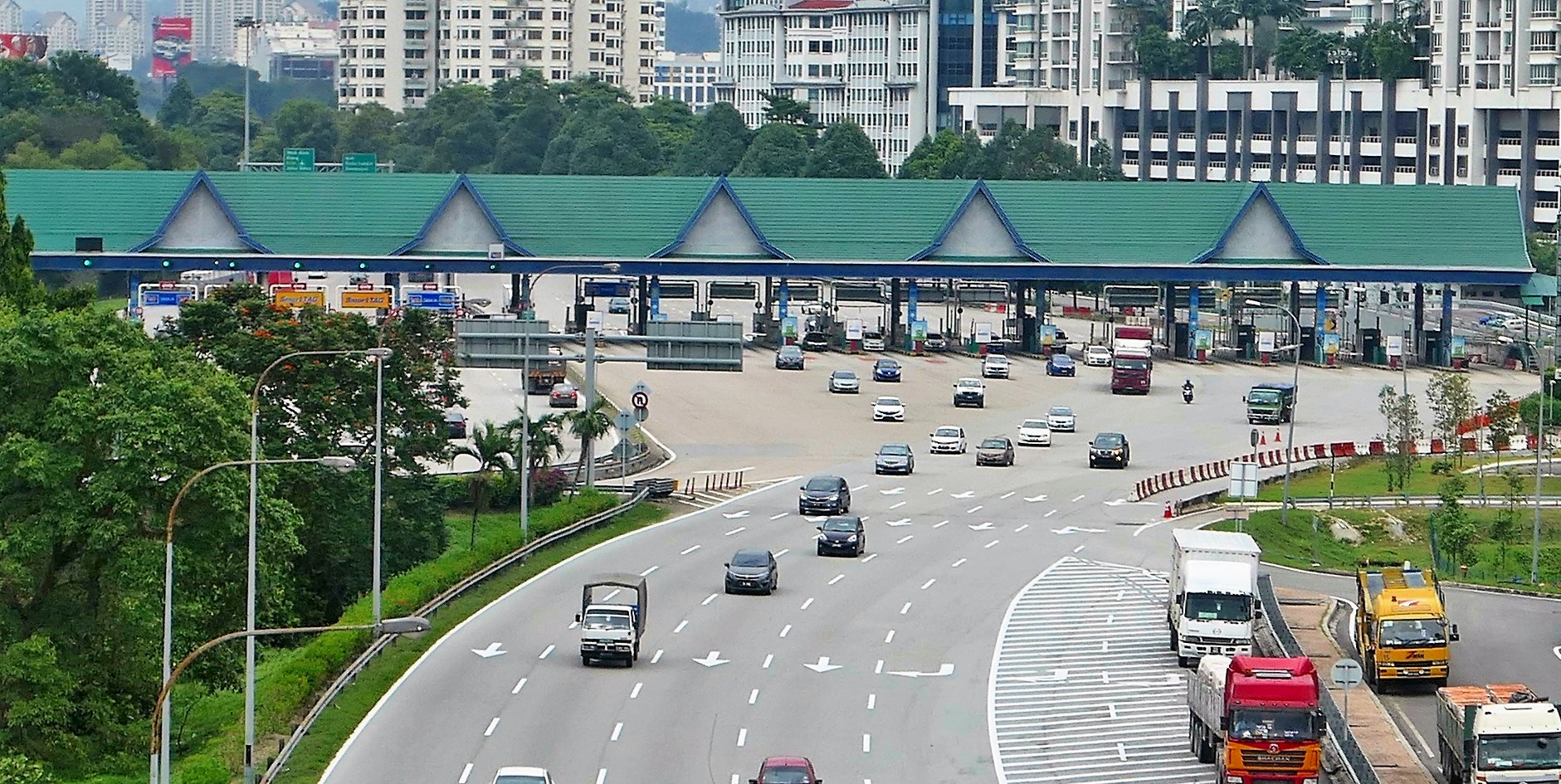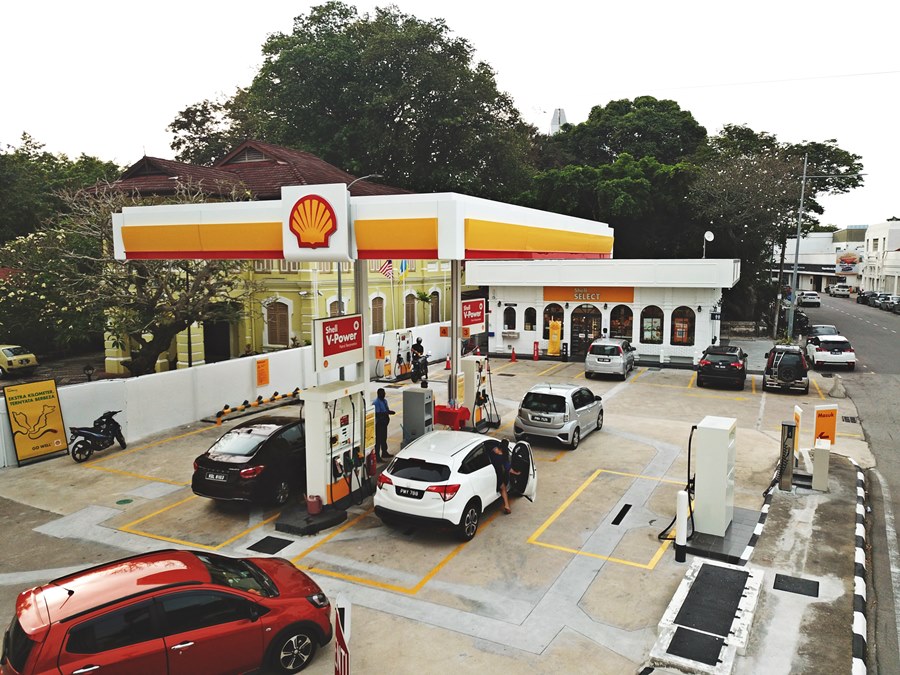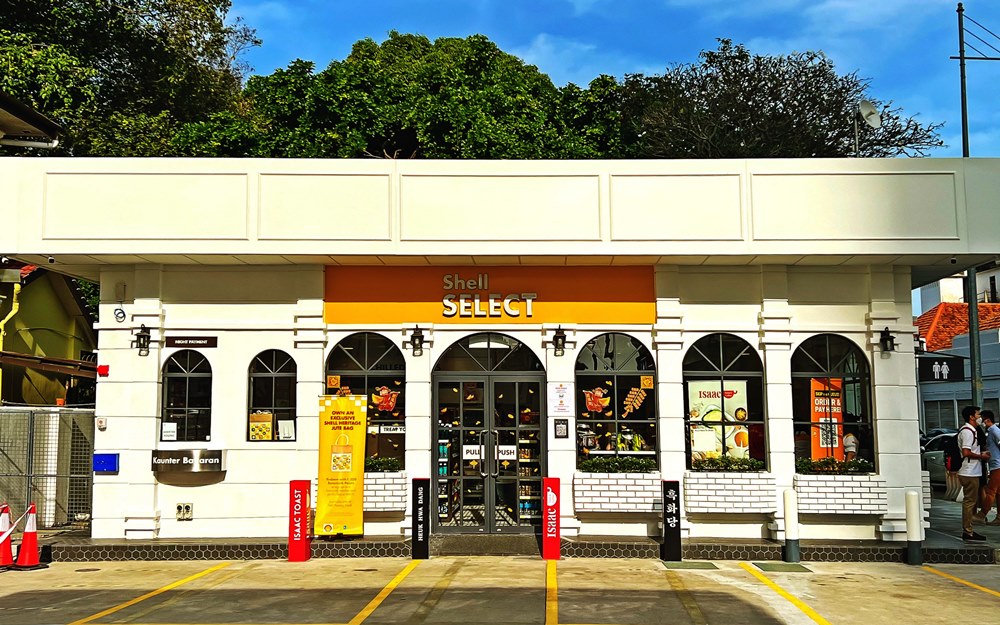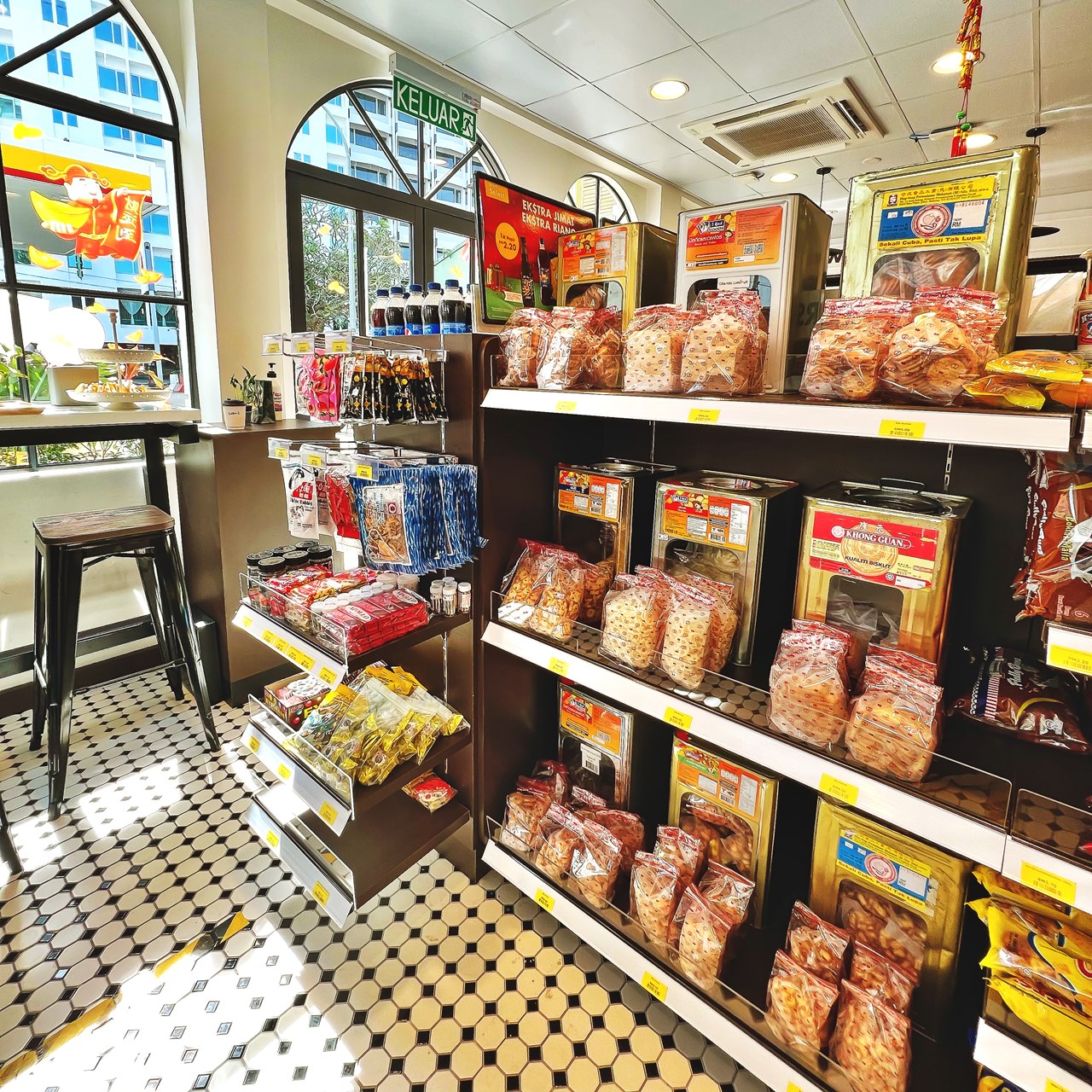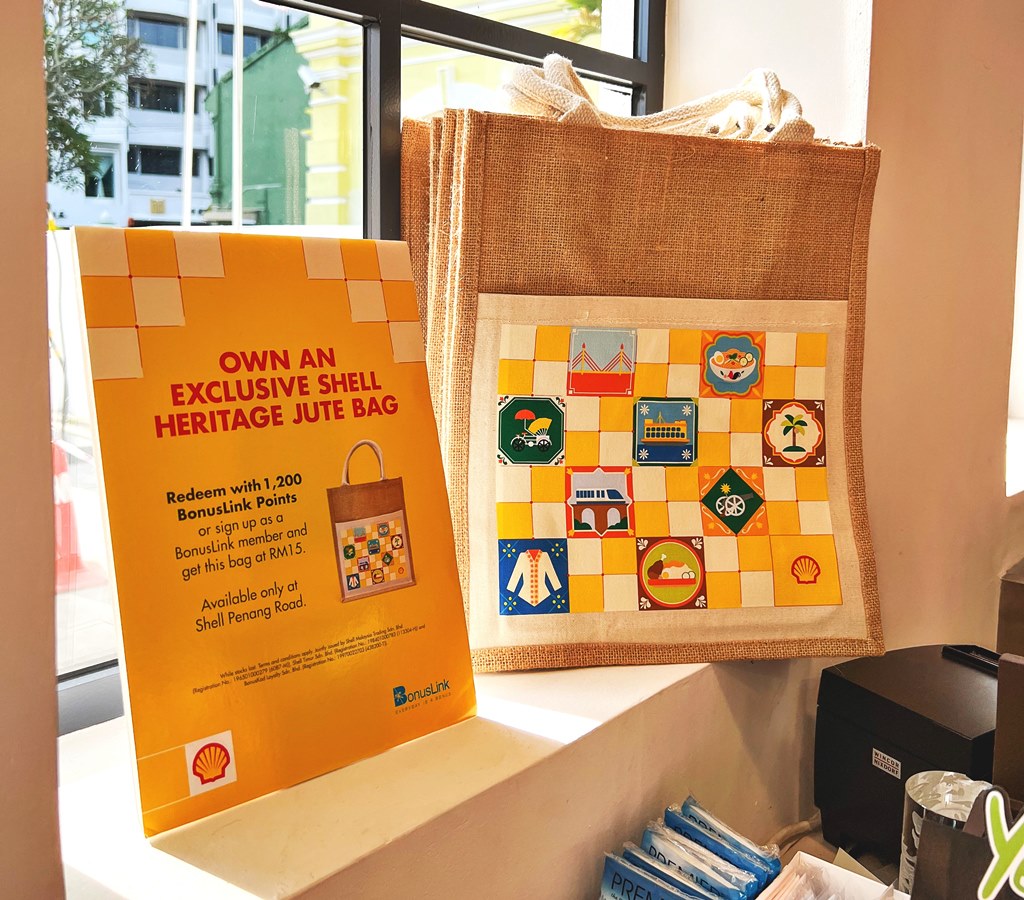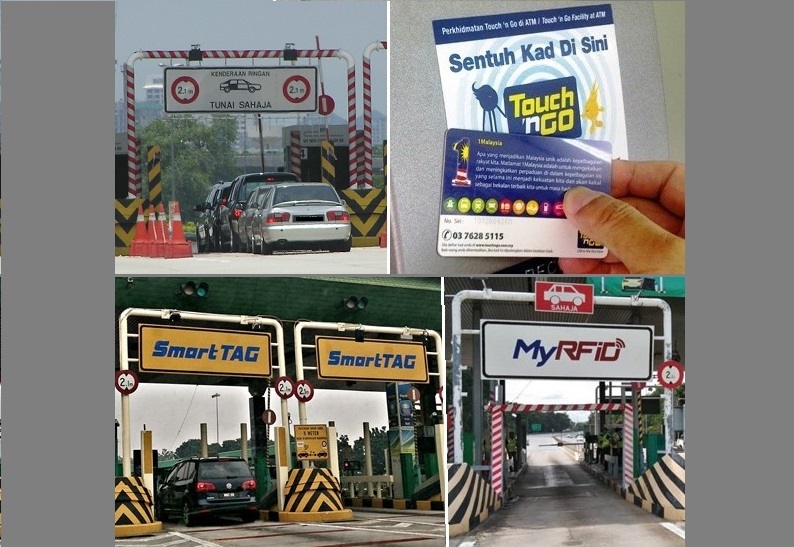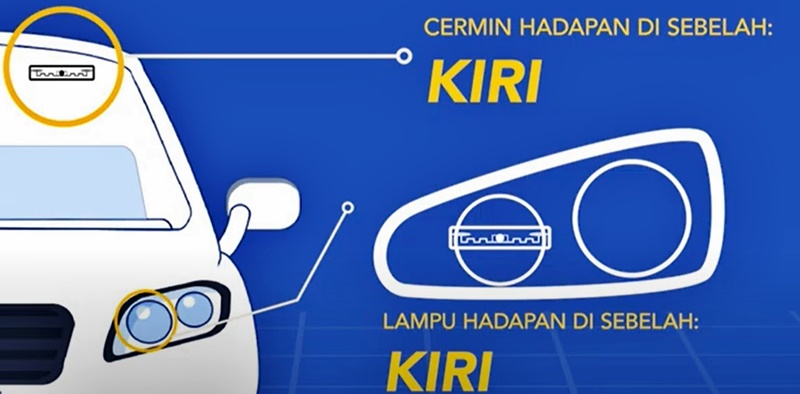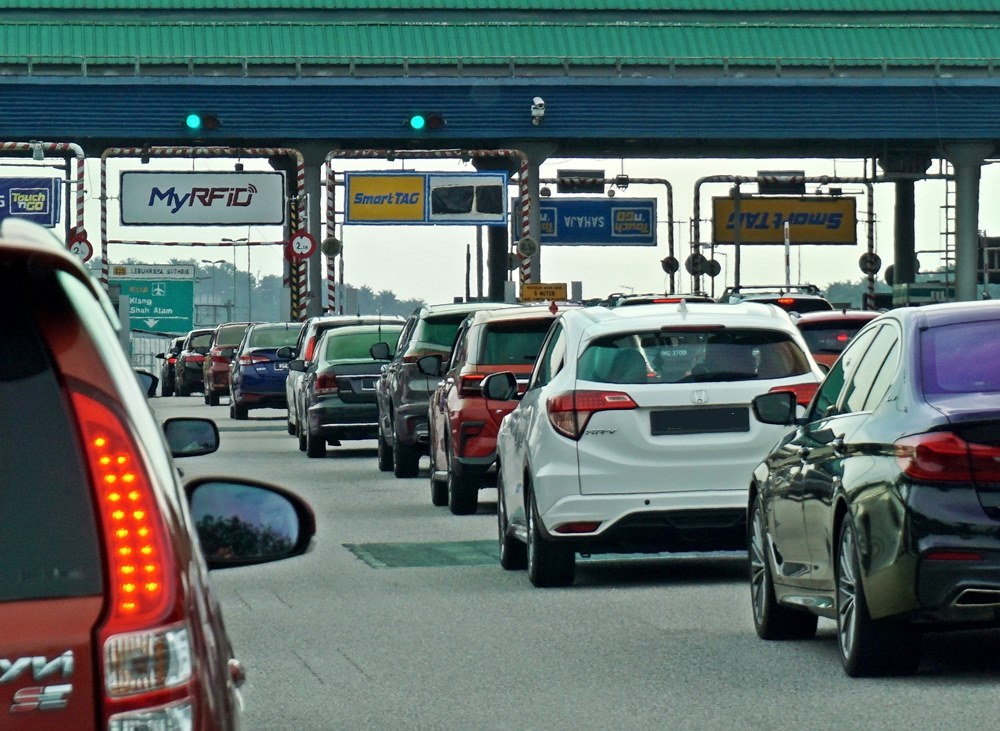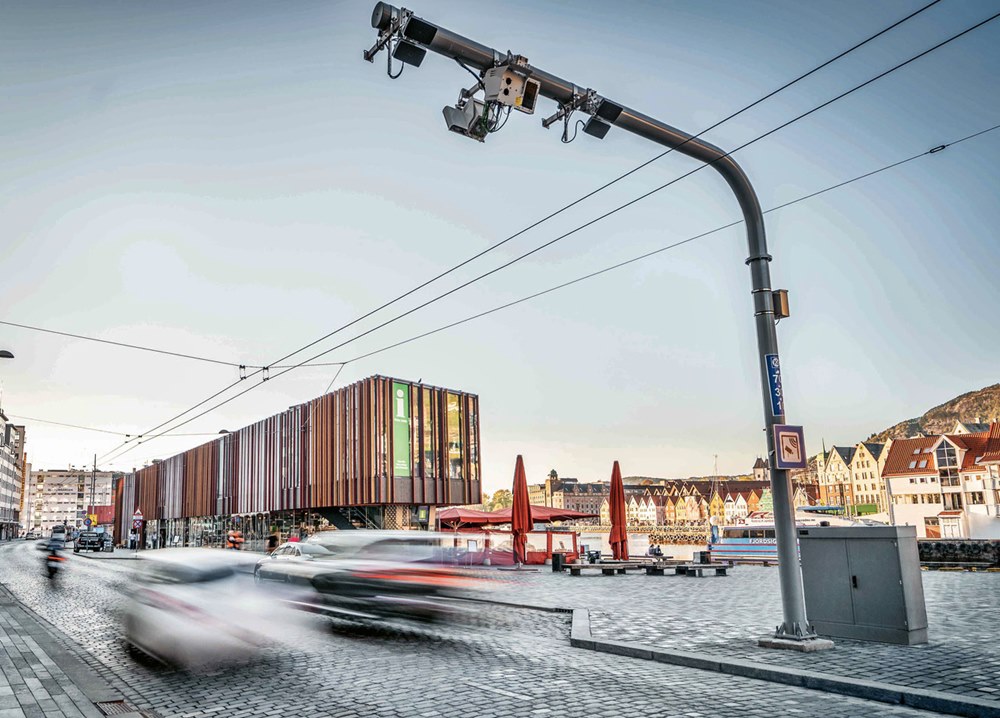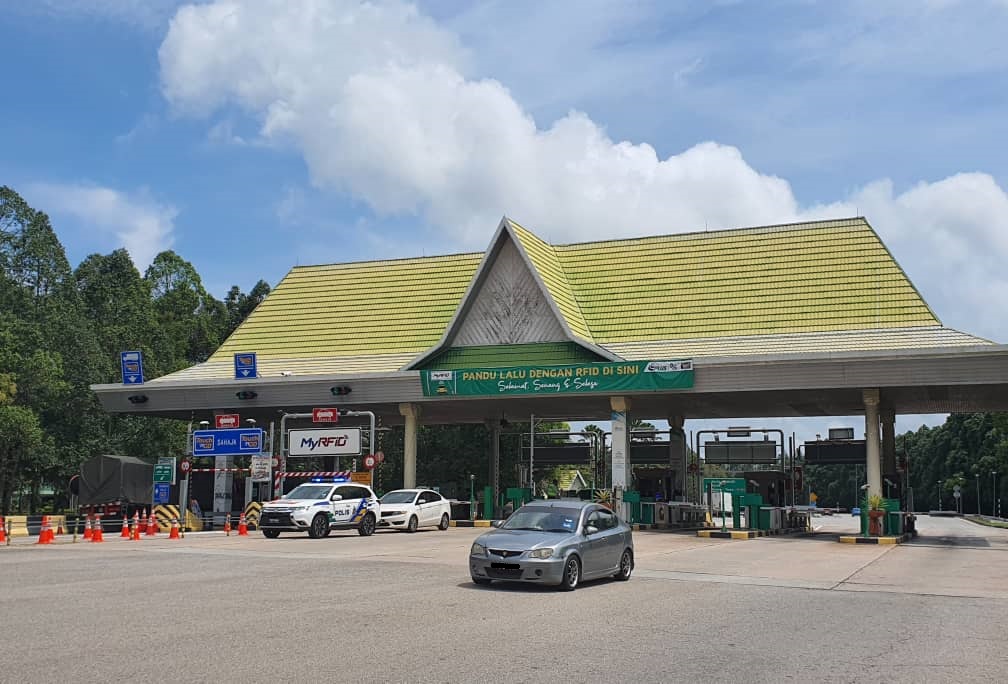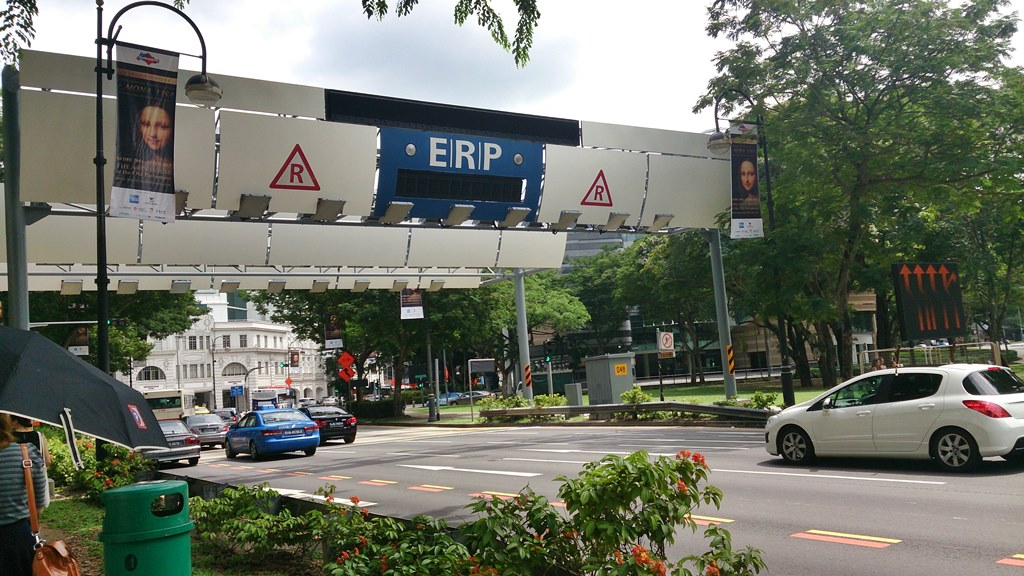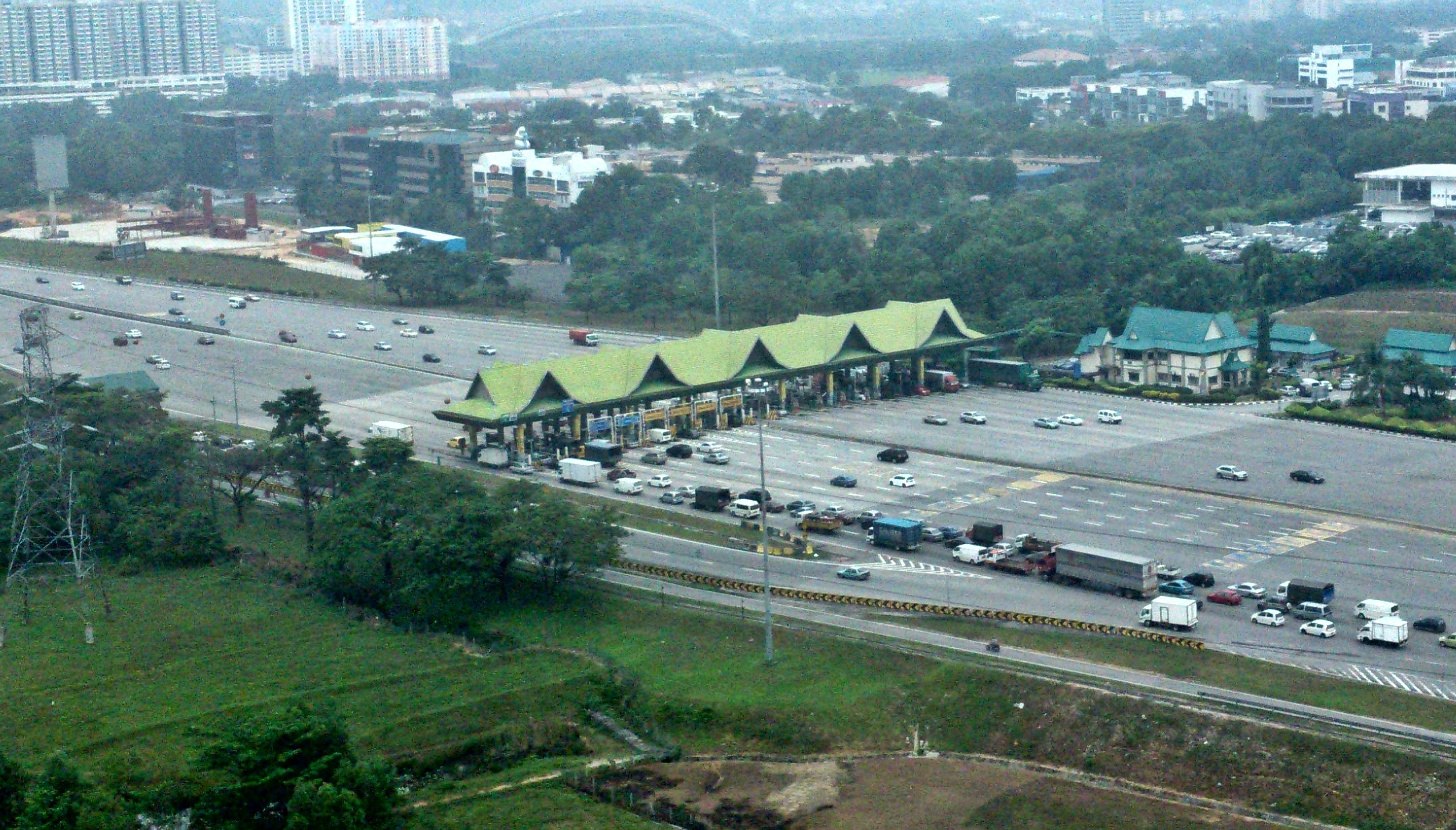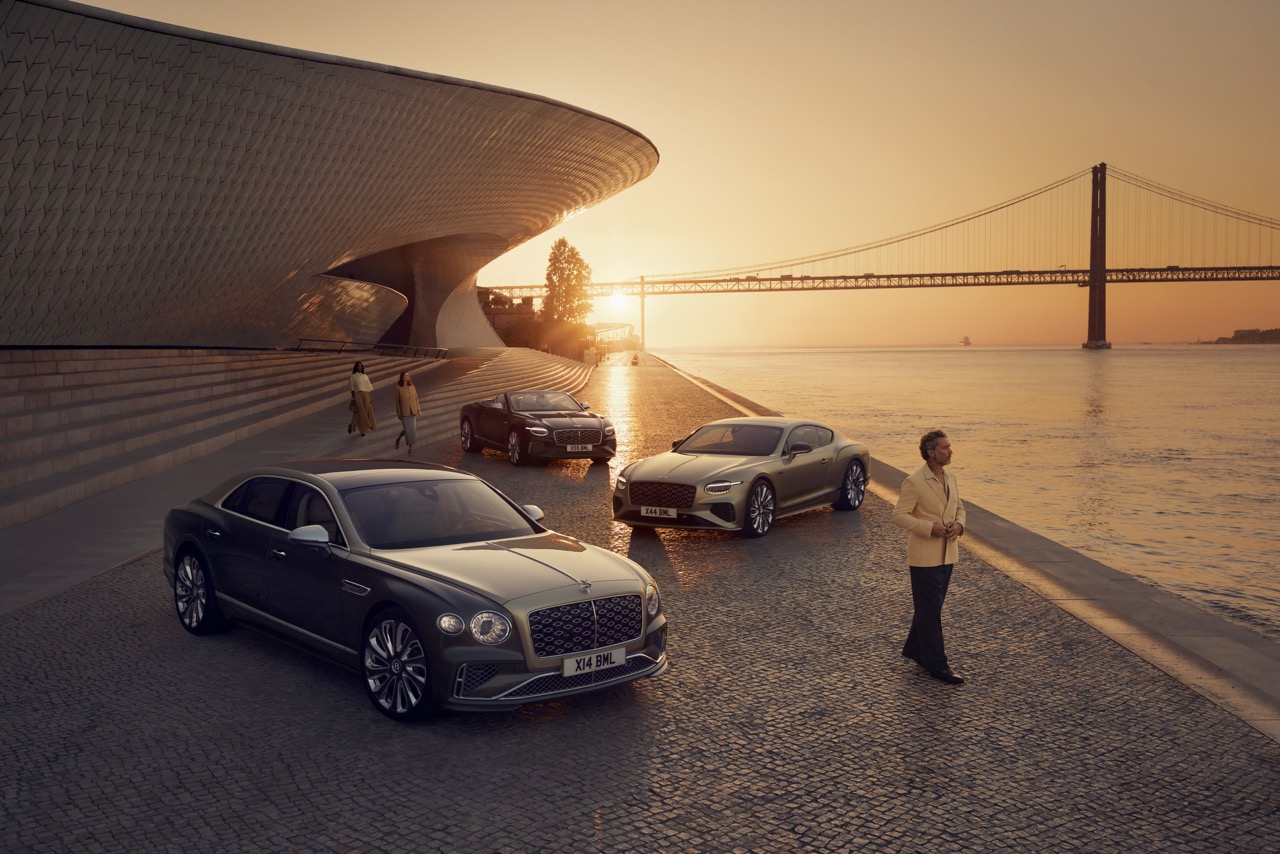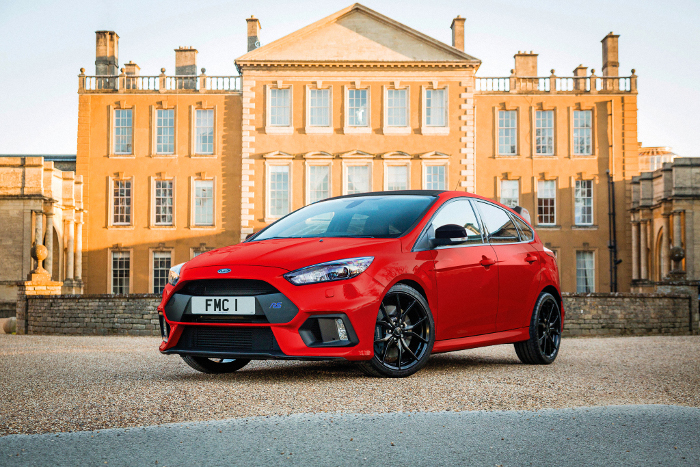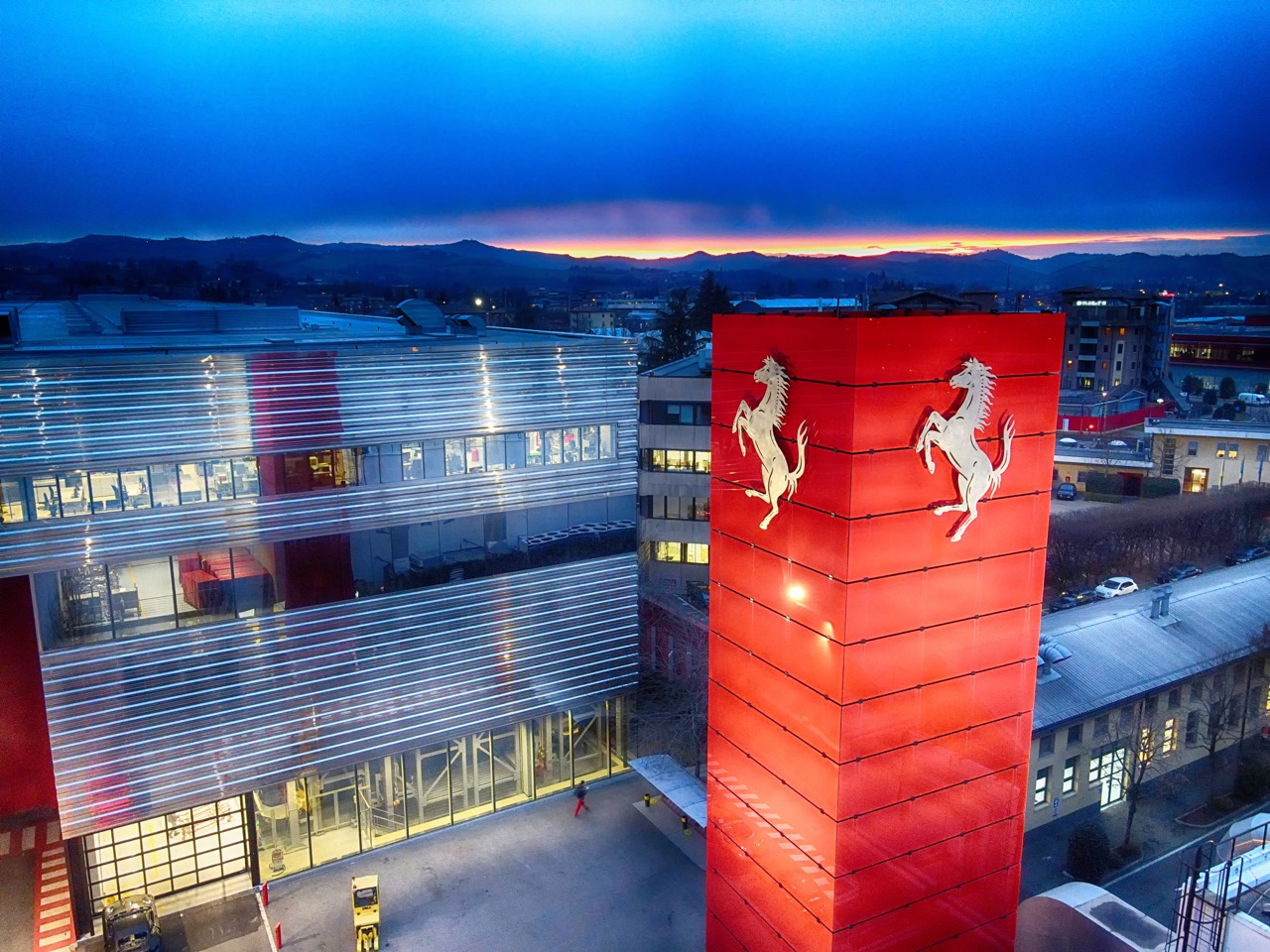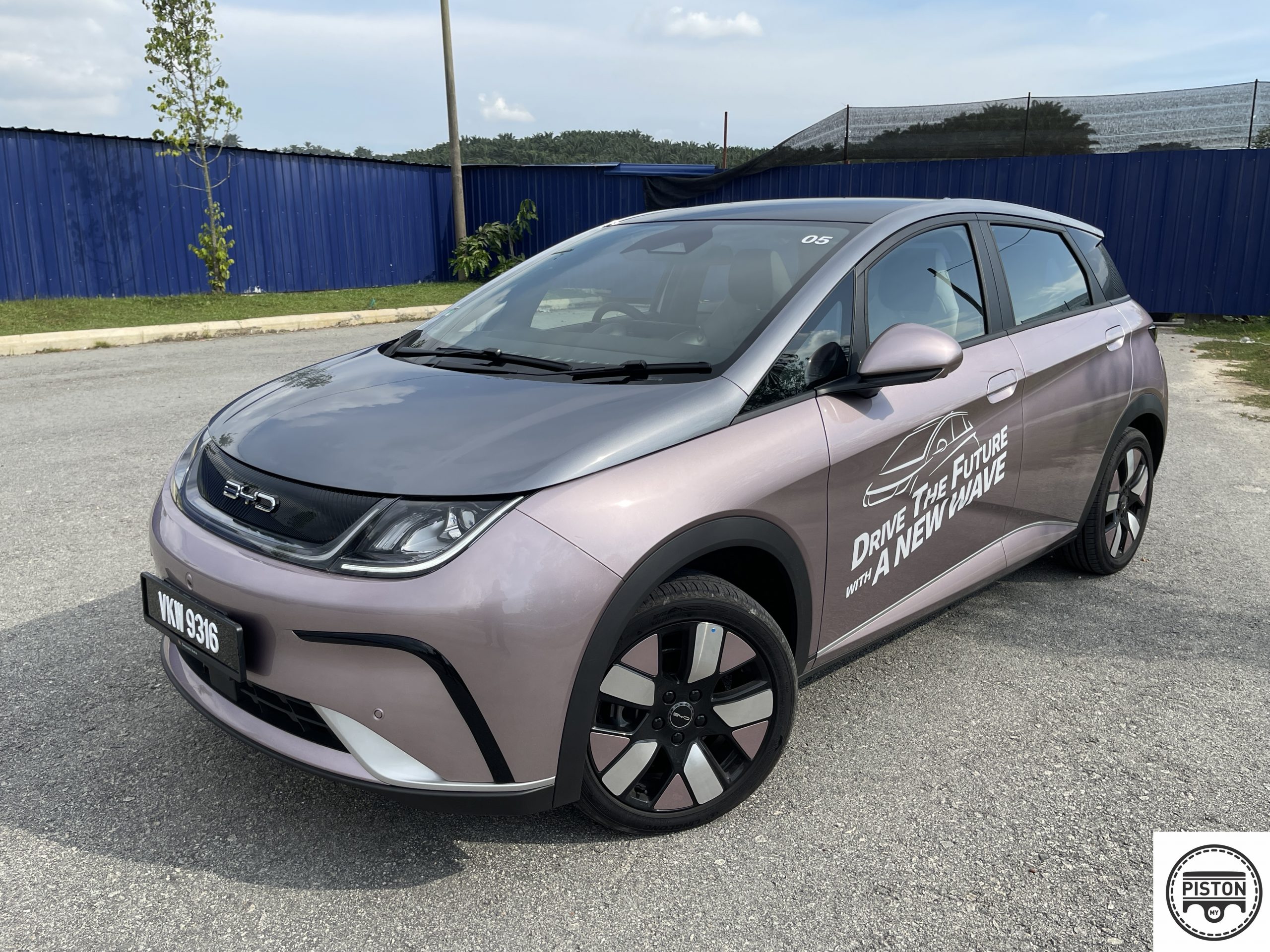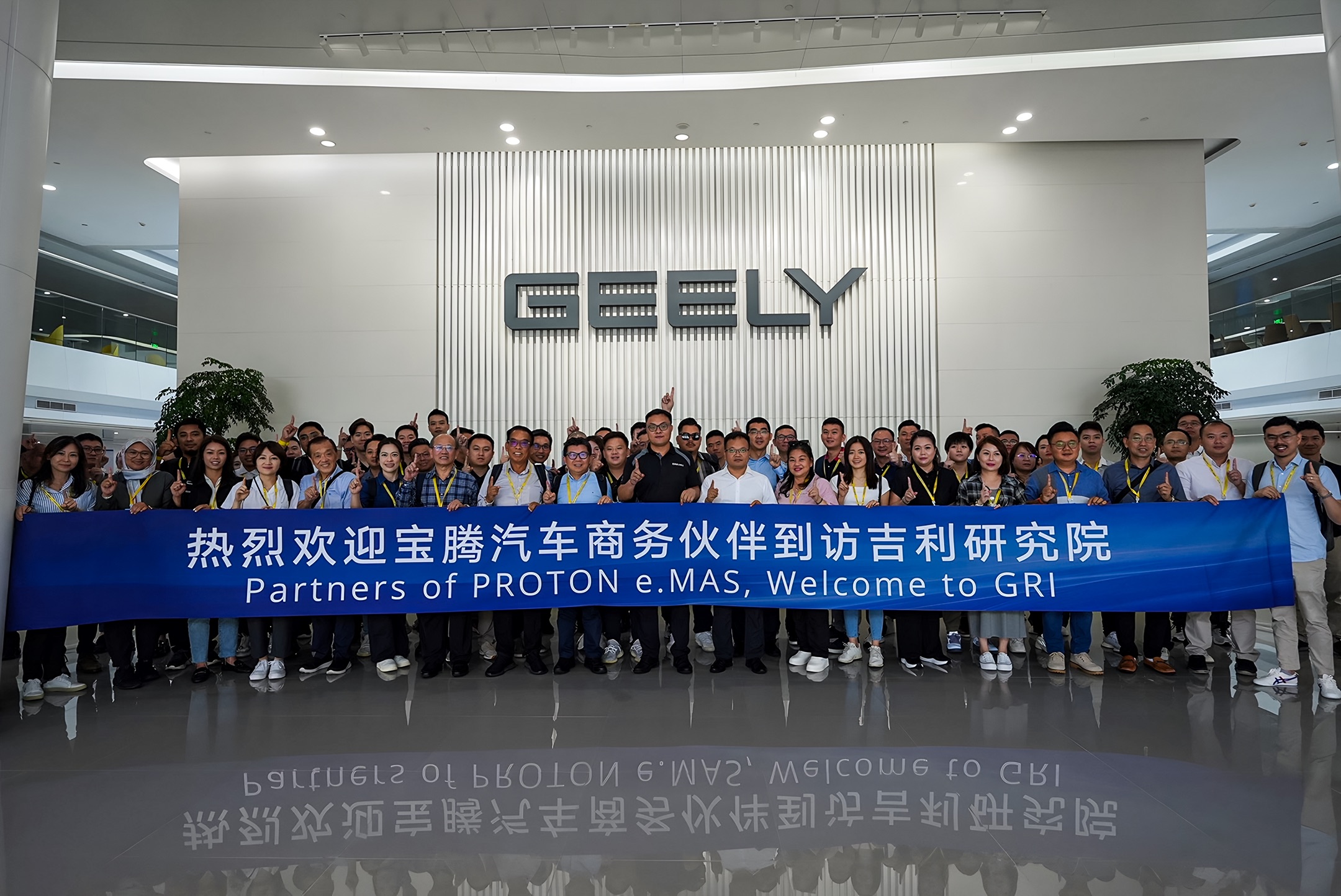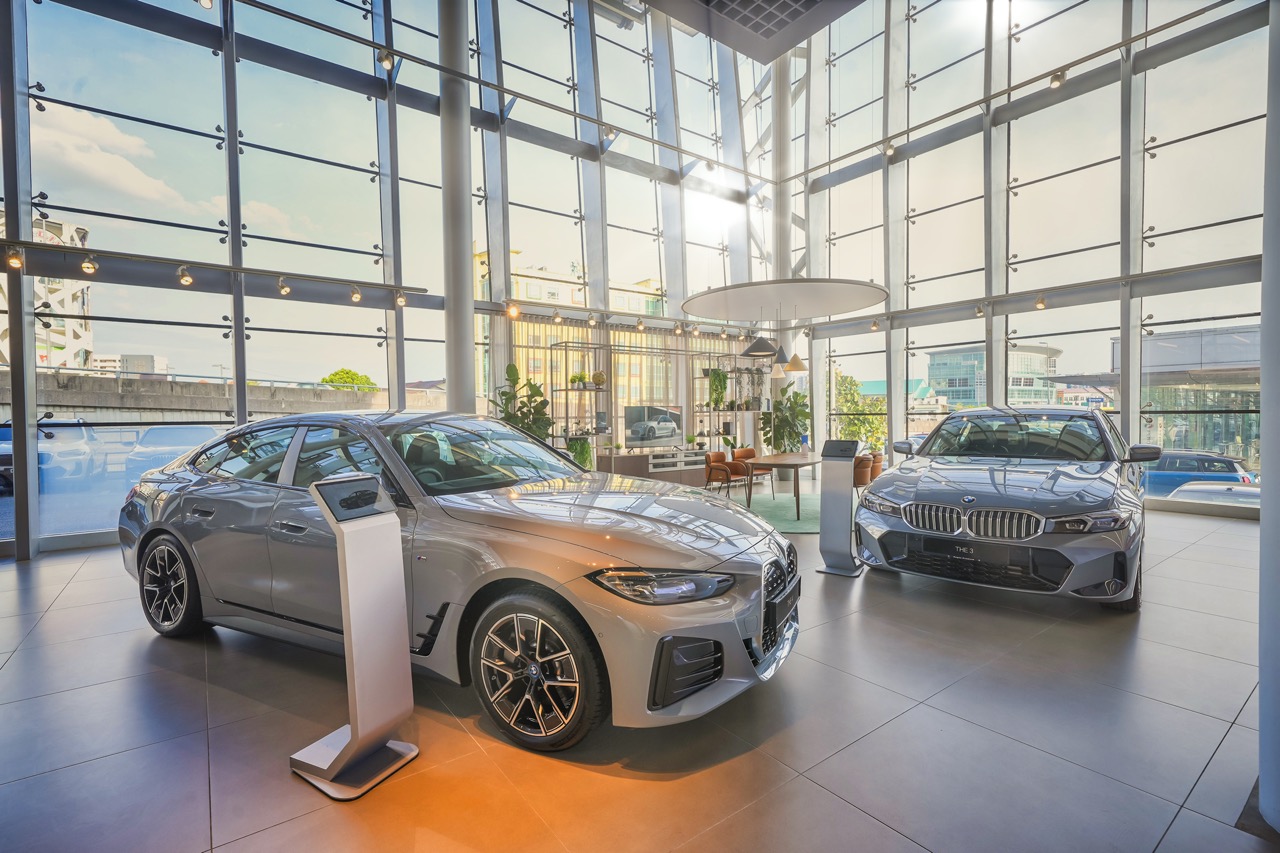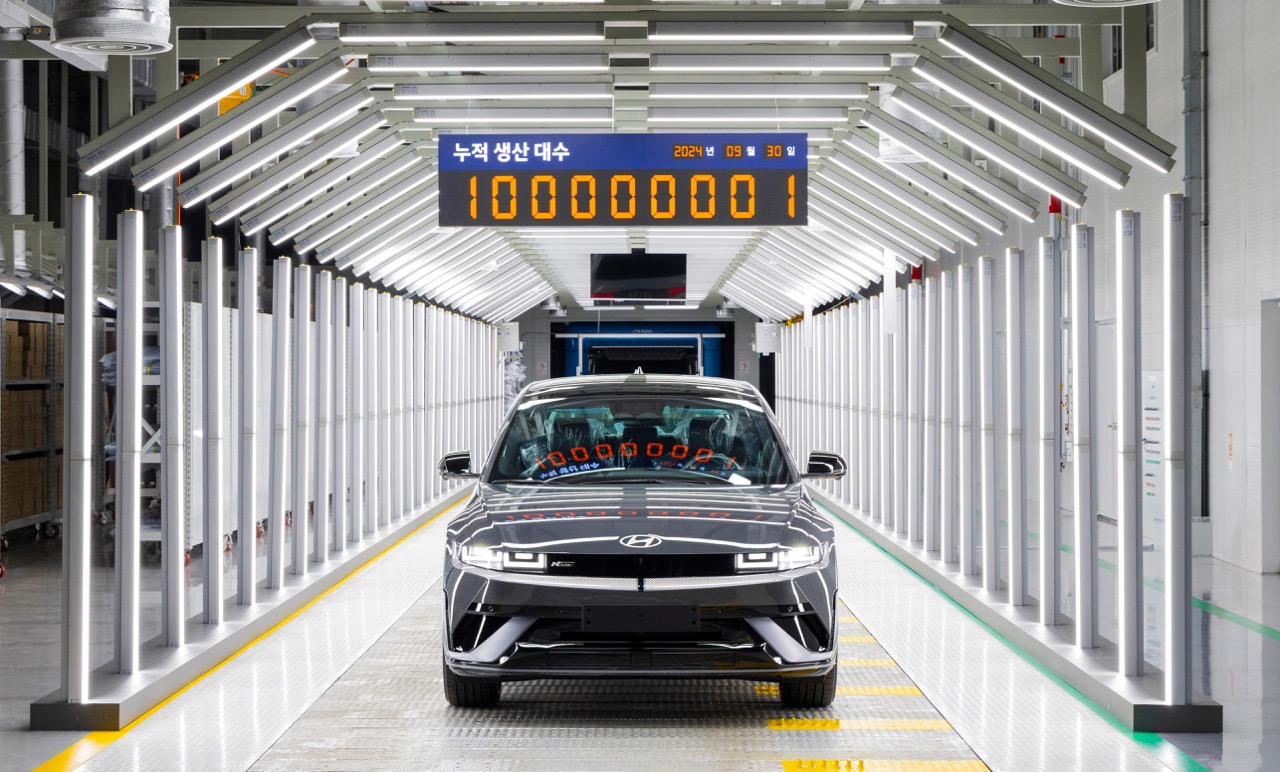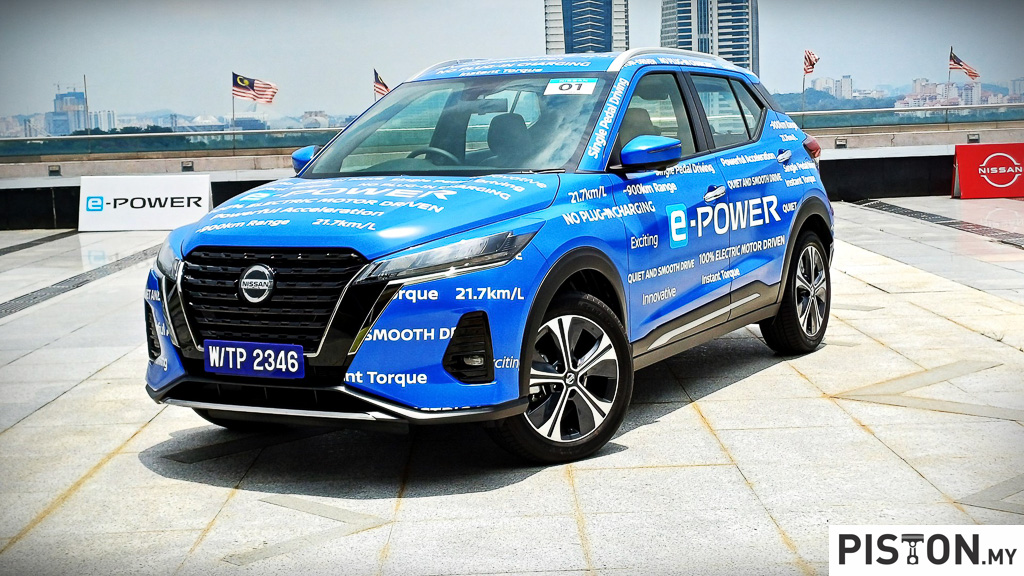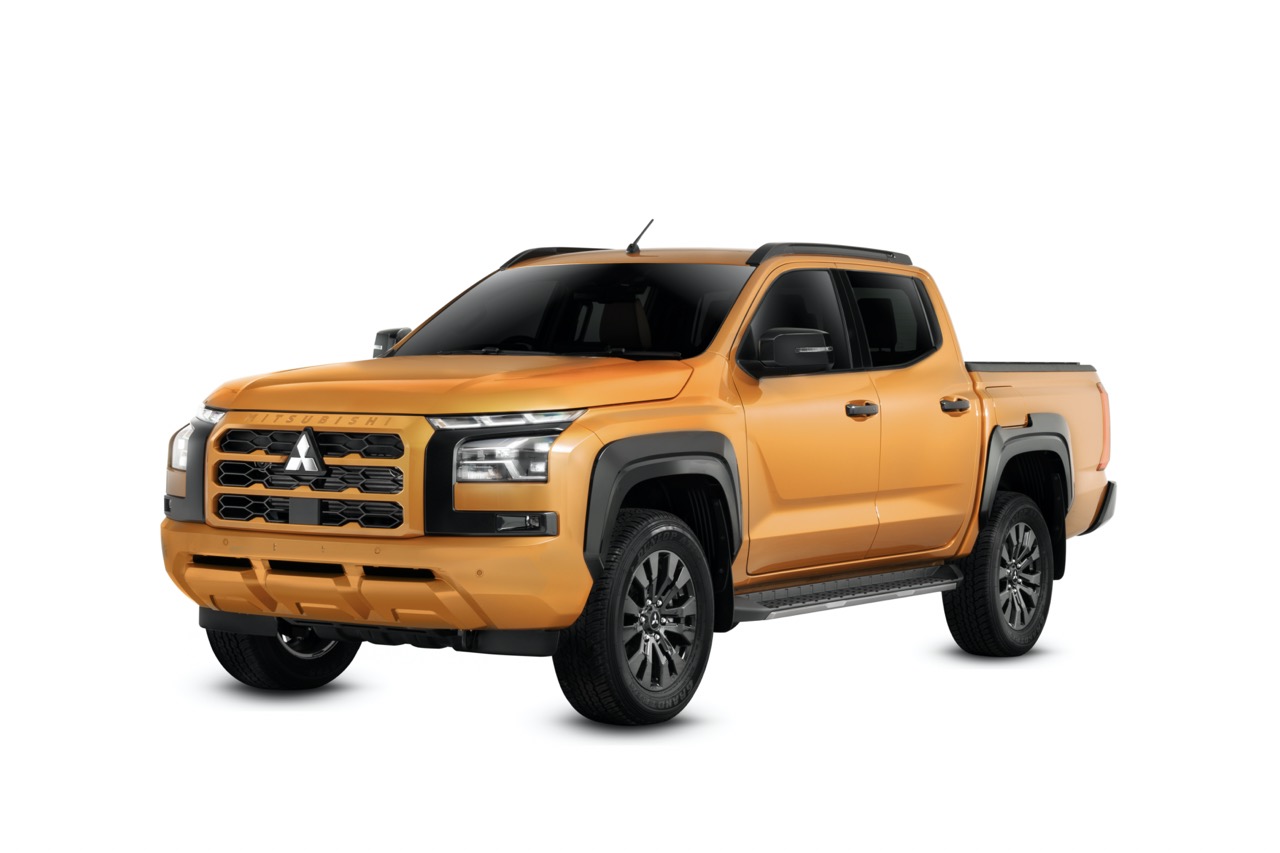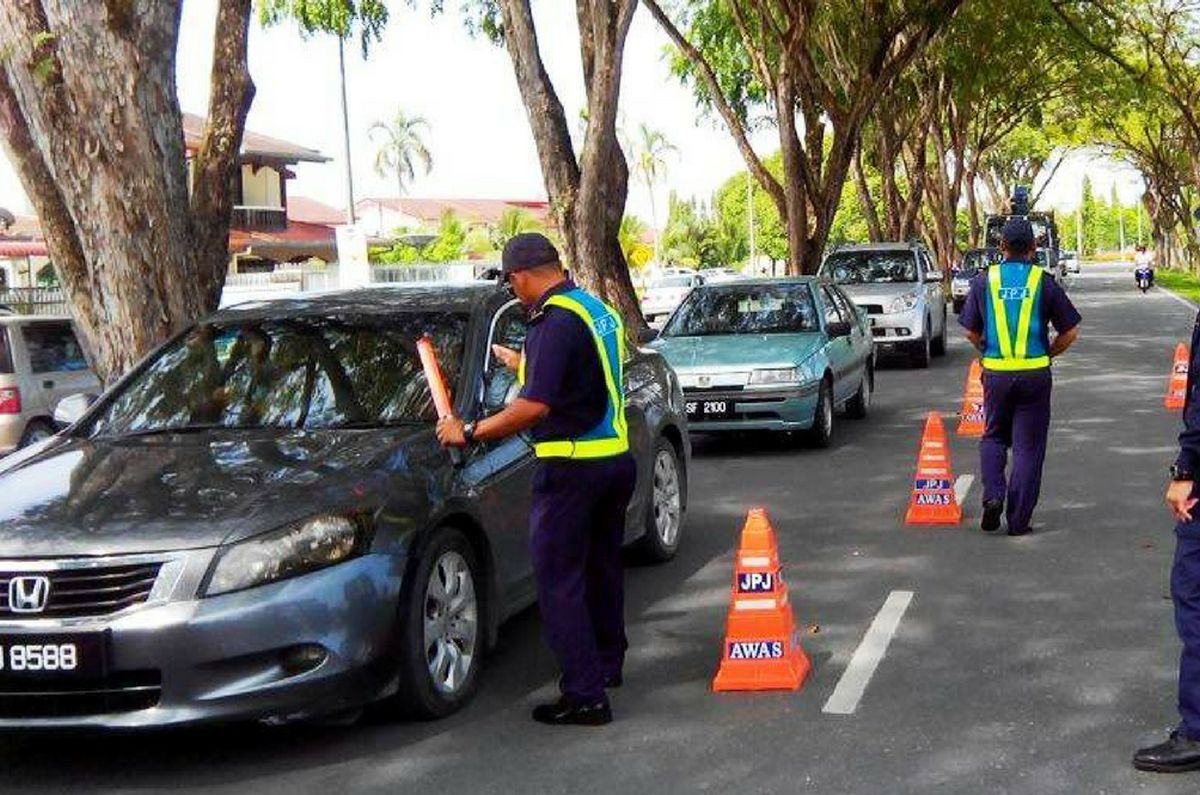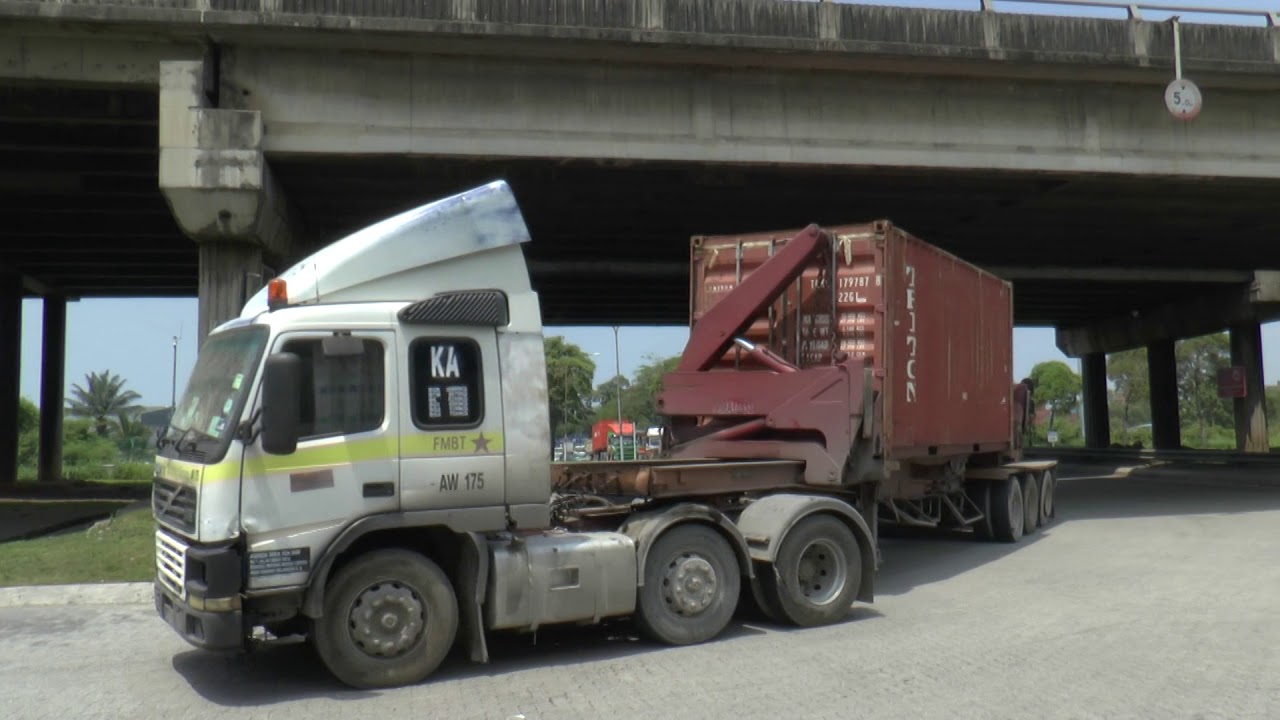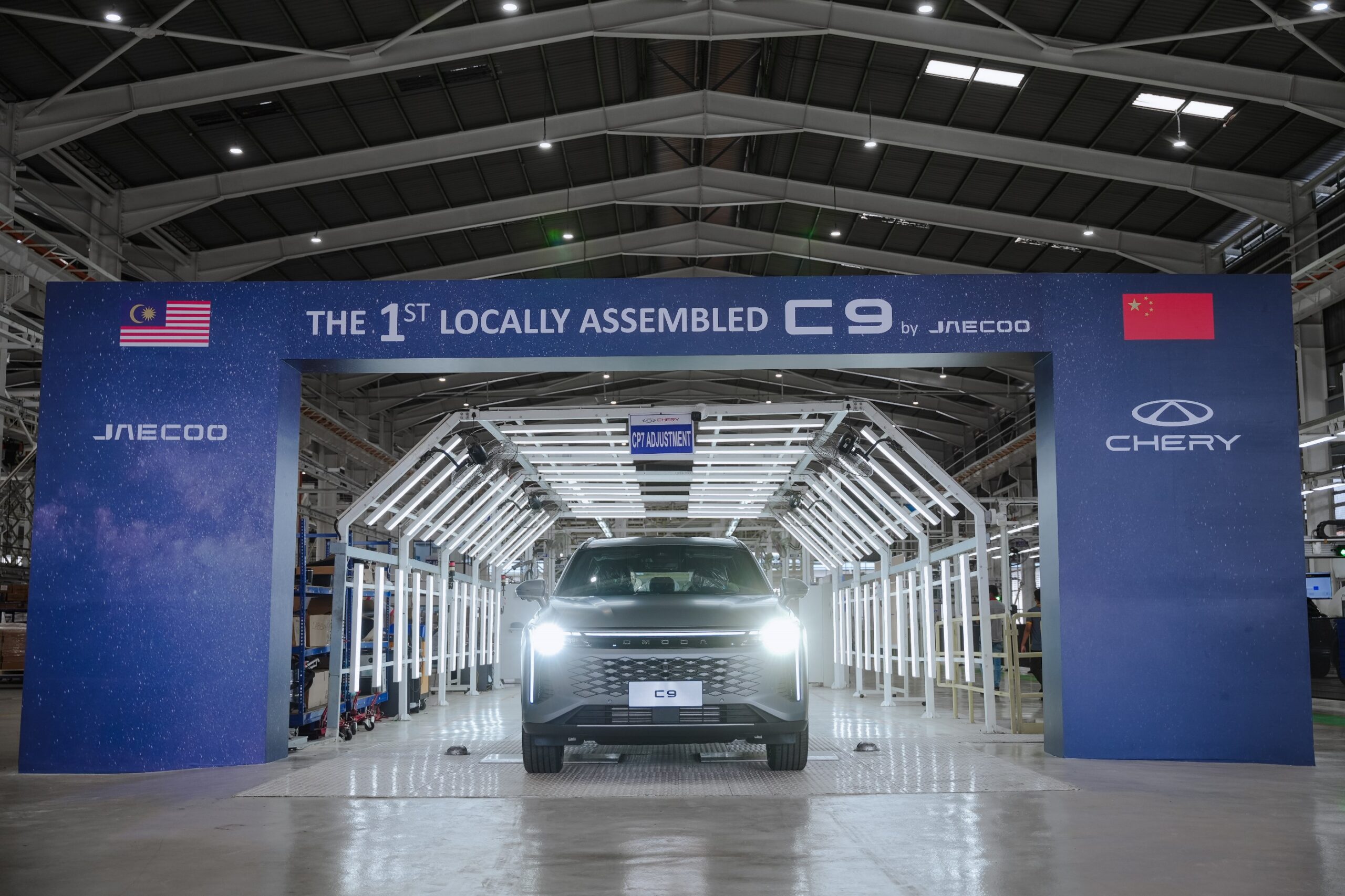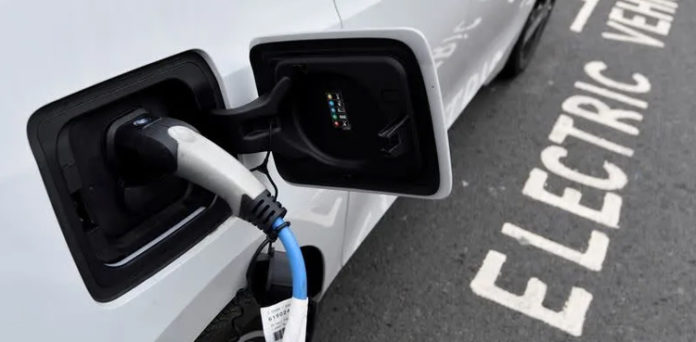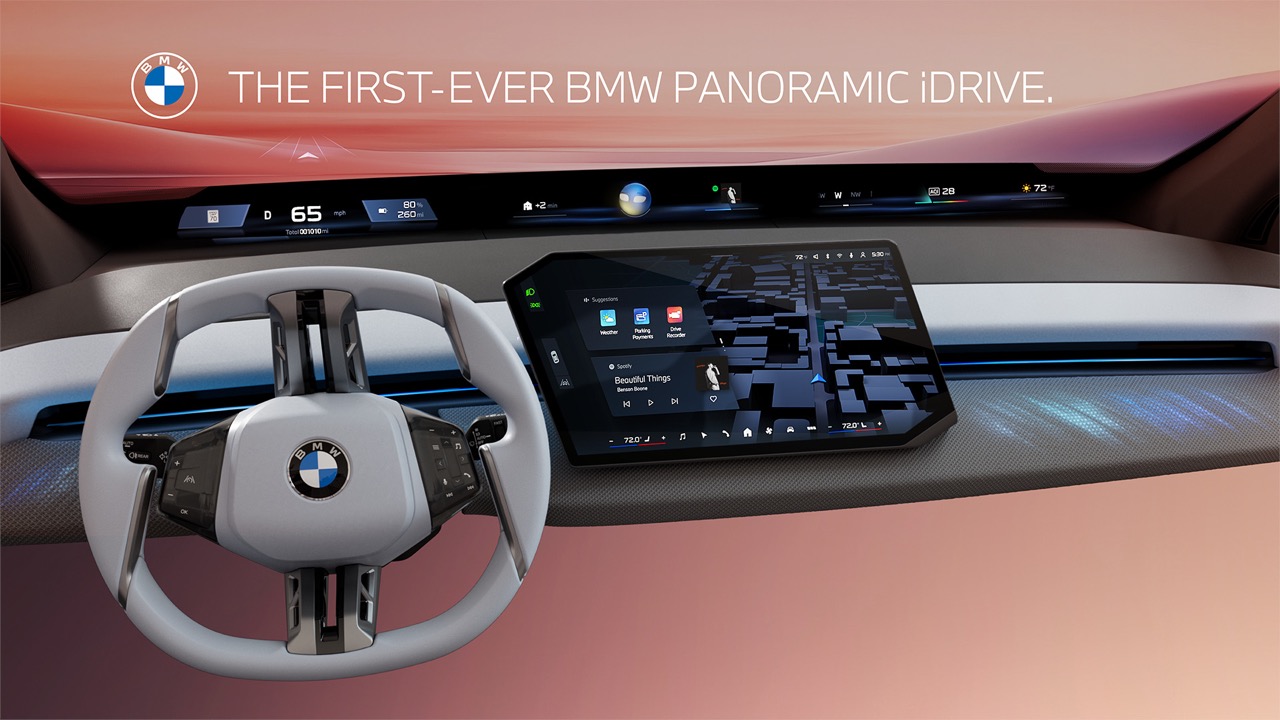The Ford Mondeo, an executive-class sedan which has been around for almost 30 years, has been sold in a number of countries (including Malaysia 10 years ago) and it has found a following in China. The popularity of the model has been strong enough that Ford is using a new design language for the new generation to be sold in the world’s largest car market.
Unveiled at its new China Design Centre in Shanghai, the new Mondeo has a sporty coupe-style profile with a design aesthetic that is aimed at tech savvy and sophisticated Chinese buyers. ‘Progressive Energy in Strength’ is the new design philosophy developed by Ford for China and it is incorporates extensive research into Chinese customers’ aesthetic sensibility and preferences. It embodies three fundamental expressional design principles to be achieved for the Mondeo (and future Ford designs for China): commanding, agile and responsive.
Elevating customers’ experience
“To design the next generation of a well-known nameplate such as the Mondeo was a privilege and a challenge for our team,” said Maurizio Tocco, Chief Designer, Ford Motor Company. “We wanted to respect and acknowledge the history which had come before us while elevating the customers’ experience to the next level. The starting point of the design is always the customer and looking for innovative ways to incorporate what they need and want into the design.”
The new sedan demonstrates the three design elements throughout its exterior design. In profile, this starts with the forward-leaning attitude of Mondeo’s front, which immediately expresses agility with confidence. A long, accelerated bonnet line flows through to the rear, where the bold and speedy shoulder line and fast departure of the roofline converge in the gentle up-flick of the subtle integrated rear spoiler. The lower doors are highly sculptured, with flowing concave scallops appearing to change depth and form, depending on the play of light, and have a distinct performance feel.
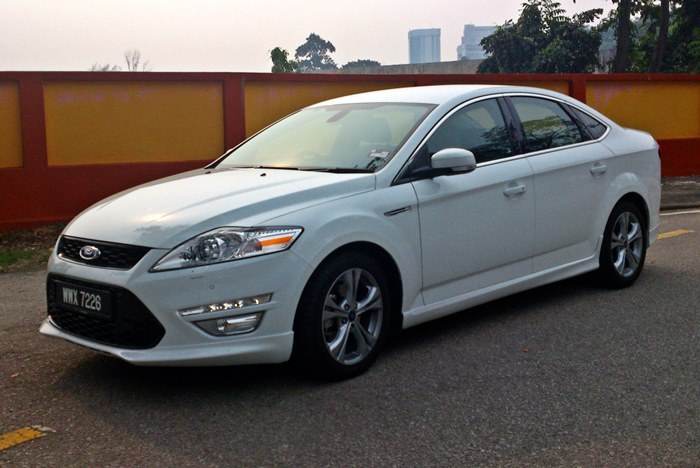
Ford Performance DNA
The agility continues in the sporty front-end treatment. ‘Coast-to-coast’ lighting and defined corners accentuate the increased width and accentuate its sprung stance. The signature lighting elements balance the unique grille of active parametric cells, framed at the sides and below by strong graphics and muscular surface language. Flowing back from the grille and lights, the distinct sculptured graphics on the bonnet give it a subtle power bulge and commanding Ford performance feel.
The salute to Ford heritage continues at the rear, where the unique taillights evoke iconic Ford performance DNA. The lamps are framed by a full-width gloss black element that again accentuates Mondeo’s width. Wider and longer than the previous model, there’s a more generous rear passenger area flanked between the sporty lines and coupe-like roofline.
Design elements driven by Chinese customers
Ford’s deep local research revealed Chinese consumers value vehicles that embrace responsive design elements. These are seen throughout the new Mondeo. The flush-fitting door handles that help give the car its streamlined looks respond by deploying to passenger demand, while the rear Ford badge is touch-sensitive and cleverly activates the rear liftgate opening. Perhaps the most dynamic of these responsive elements is the way the animated full-width lighting and individual parametric cells of the front grille move to acknowledge drivers as they approach the vehicle.
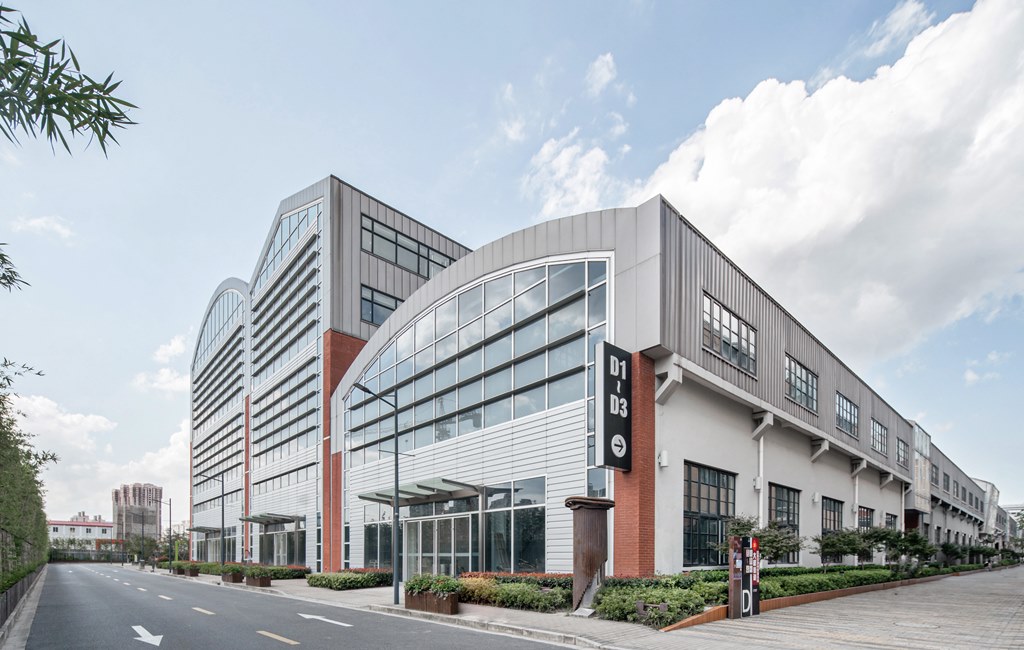
“These pioneering design details highlight the ‘responsive’ aspect of our new designs, while underlining our Chinese customers’ preference for advanced tech expression and sophisticated and refined craftsmanship,” said Max Wolff, Design Director of Ford China and International Markets Group. “Our goal was to create an aerodynamic, forward-moving form that expresses energy and strength while providing space and comfort. The strong, width-emphasizing form, signature frontal graphics and powerful stance work together to give our vehicles a confident presence. This is the ‘Daqi-ness’ that Chinese customers appreciate.”
The new Mondeo vehicle program was led by the Ford China team collaborating globally and is indicative of the ‘Best of Ford, best of China’ roadmap used. The new model will be built by Changan Ford, and first deliveries start later this year.
To know more about Ford models in Malaysia, visit www.sdacford.com.my.
Ford spends another US$900 million in Thailand to upgrade two factories



